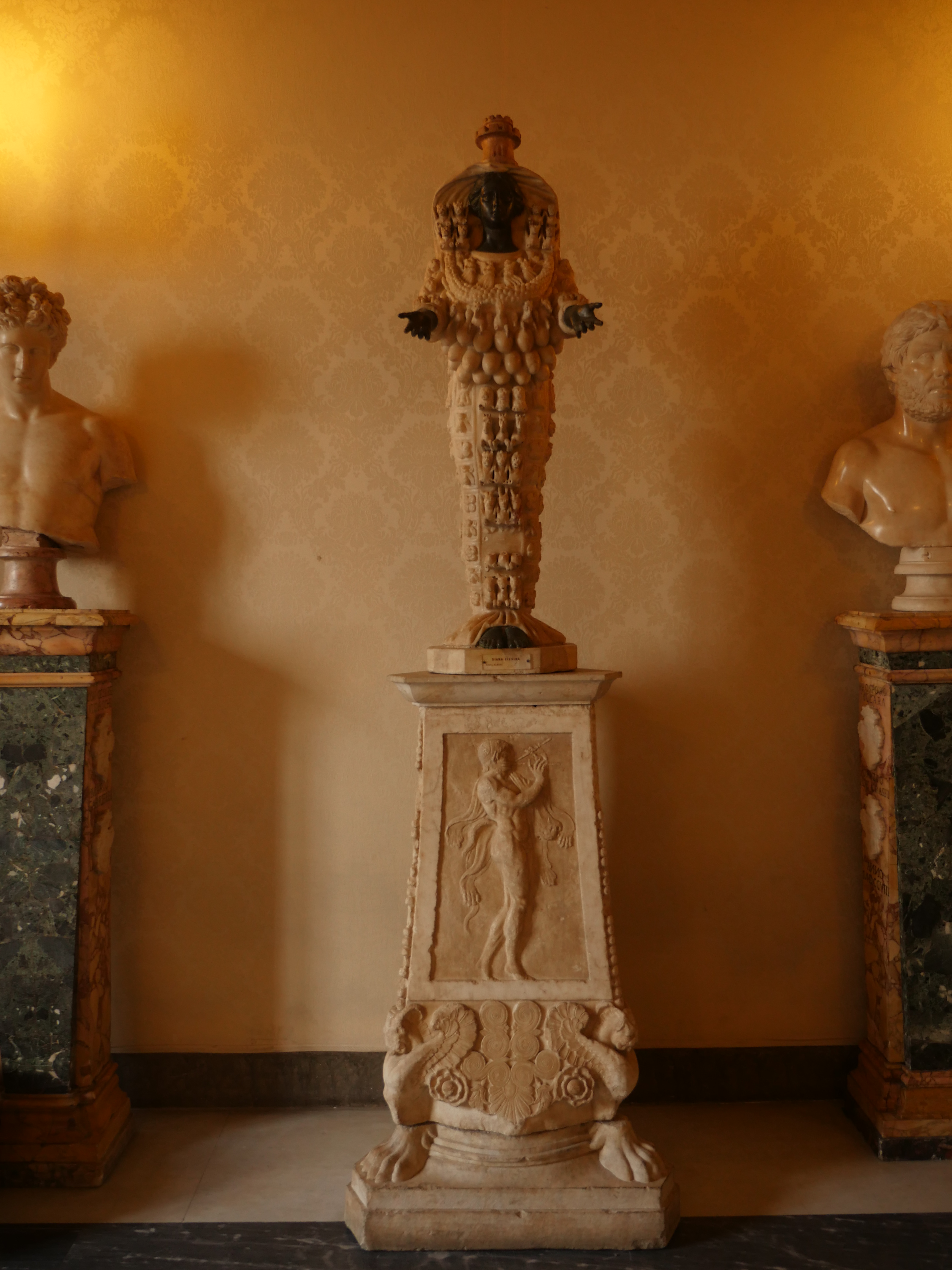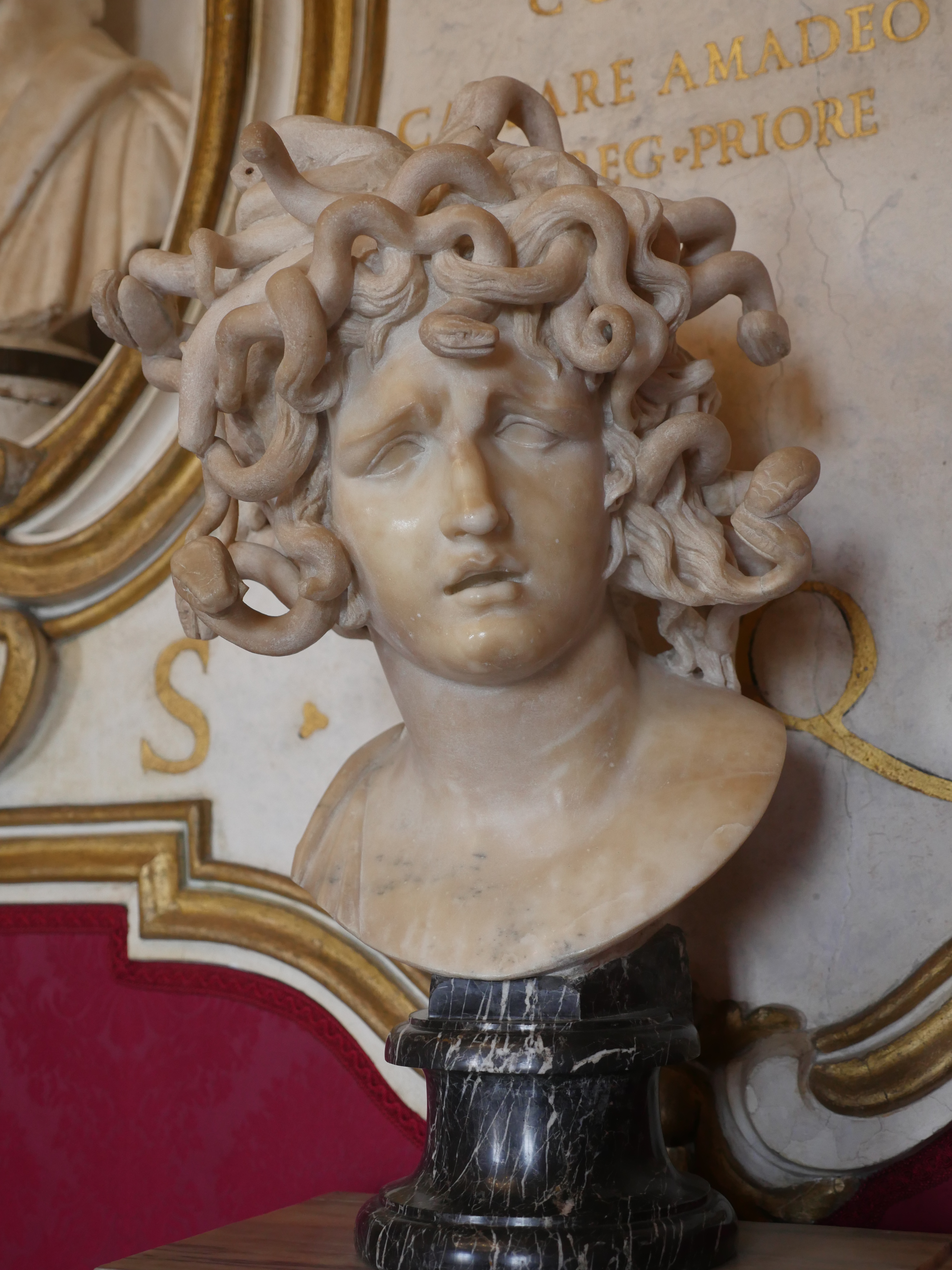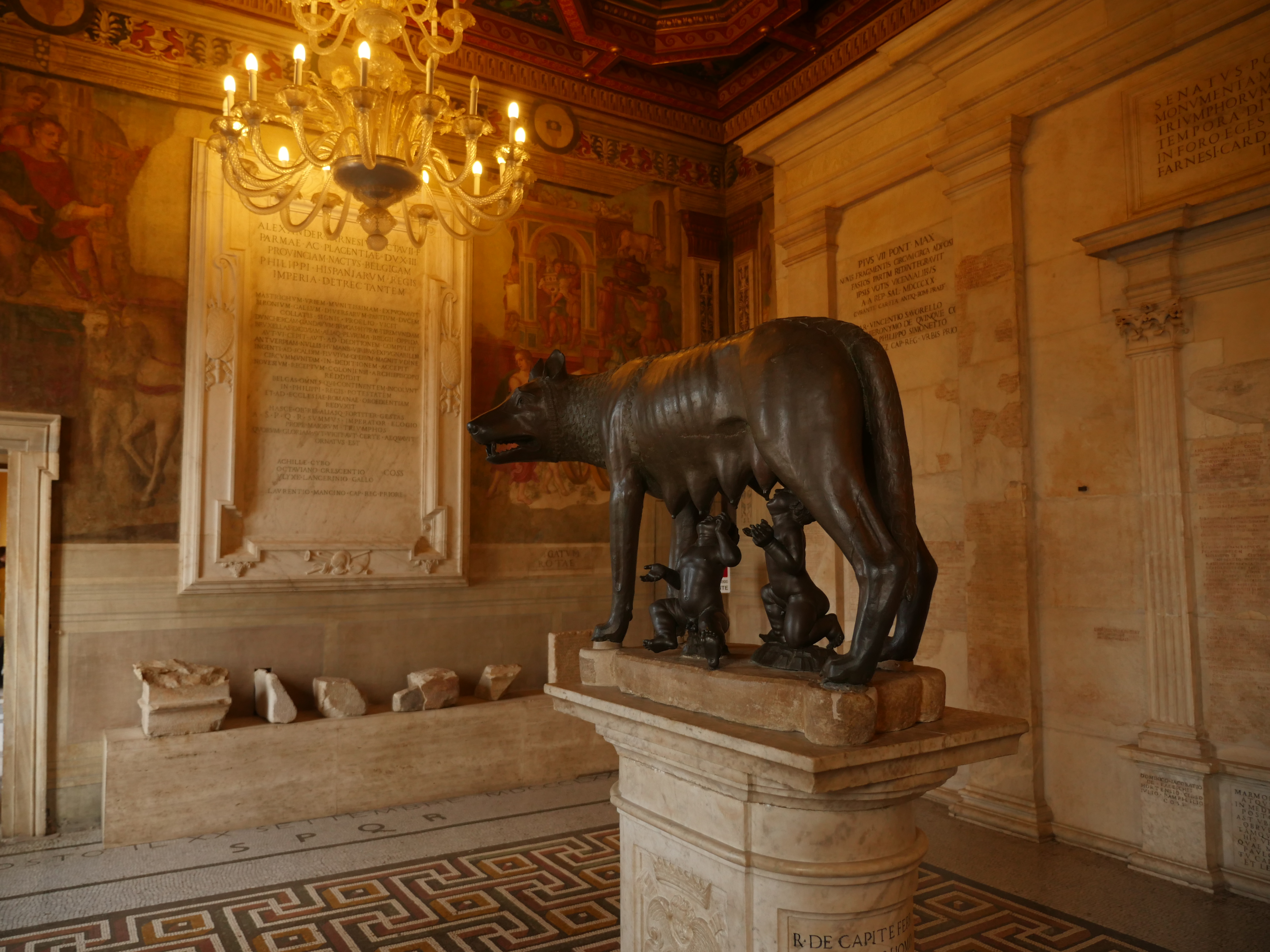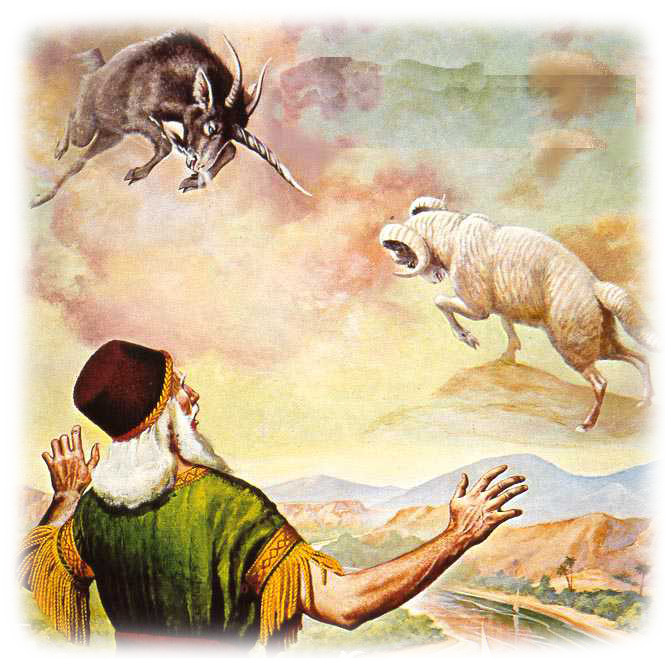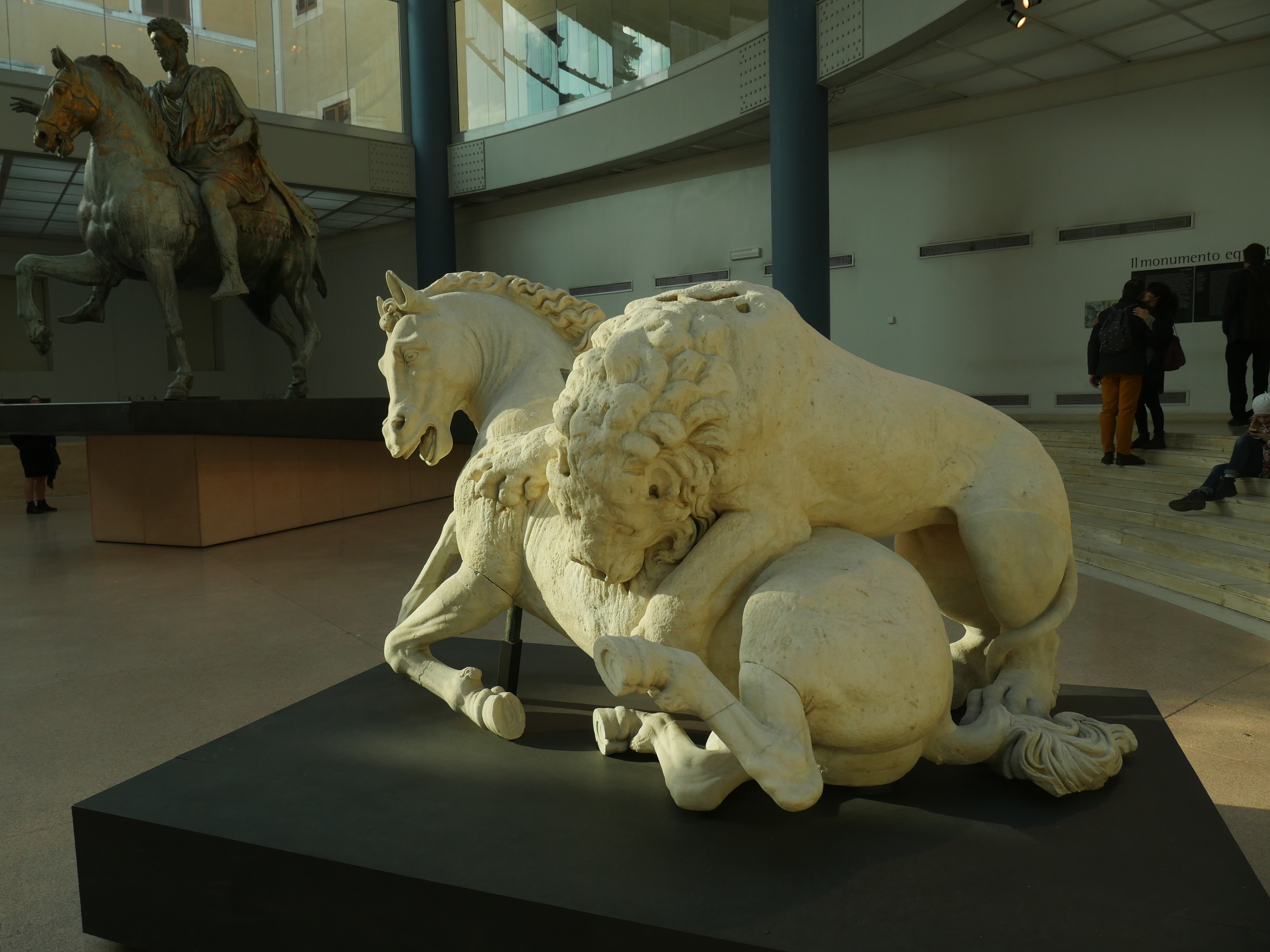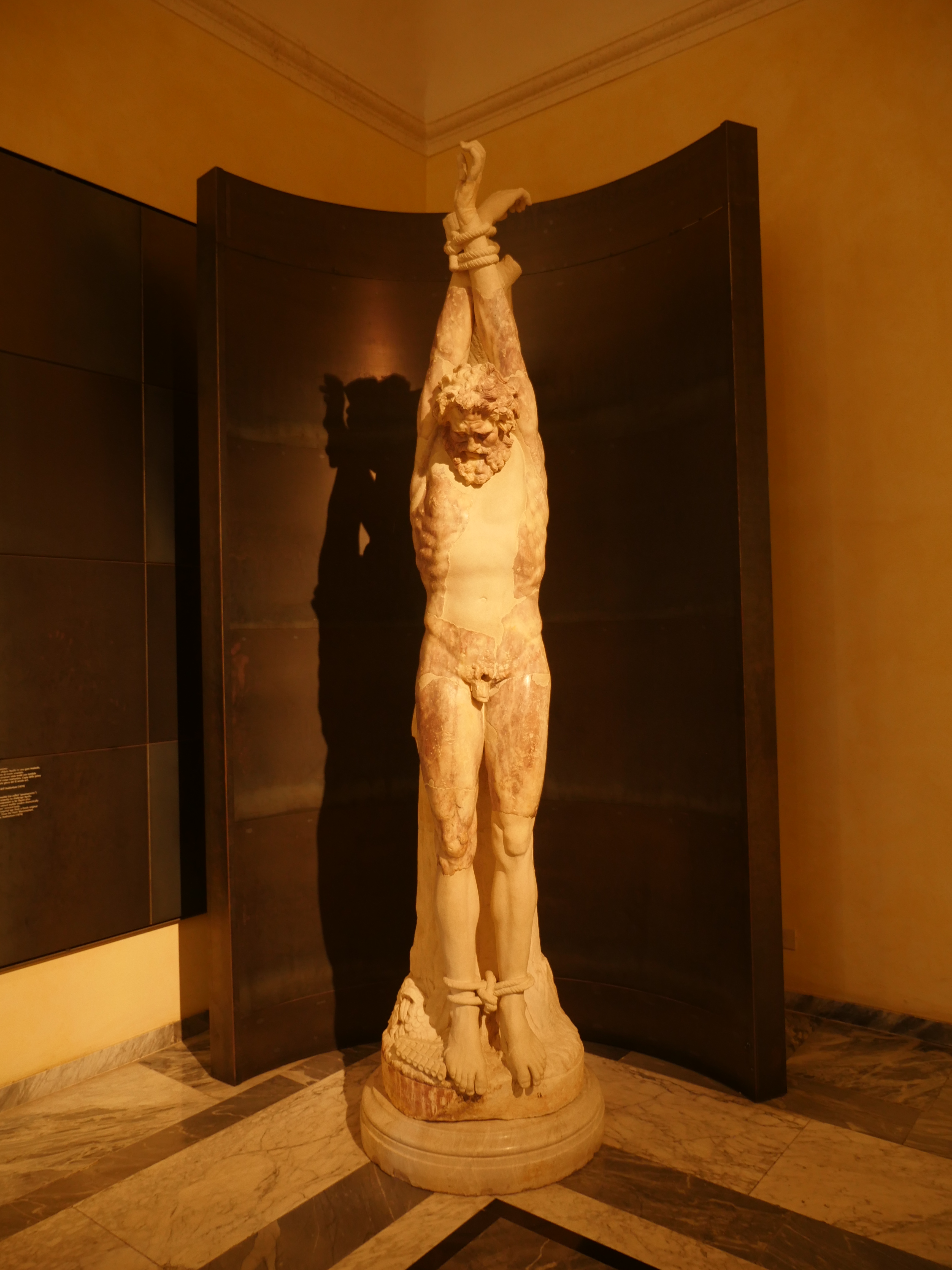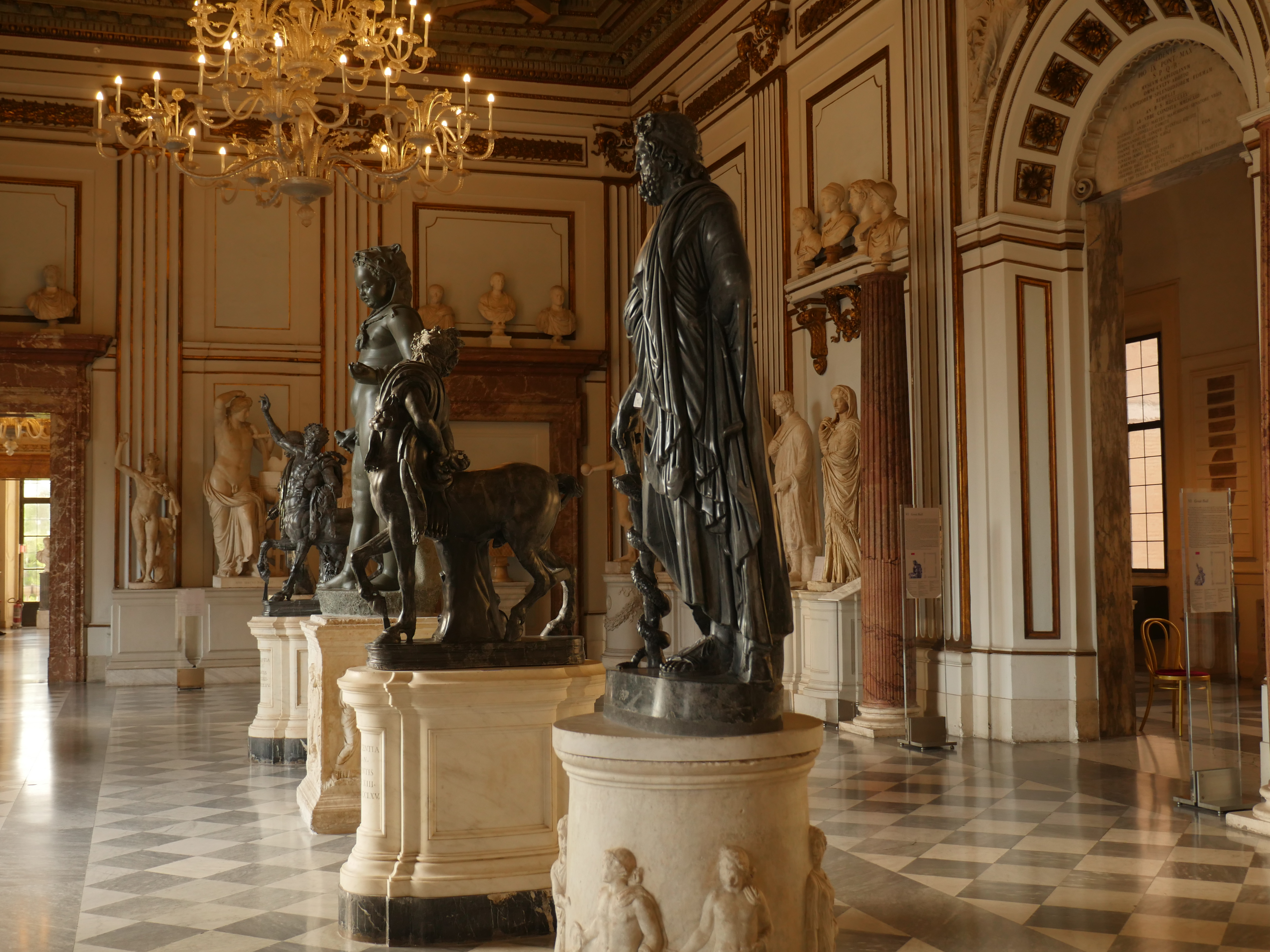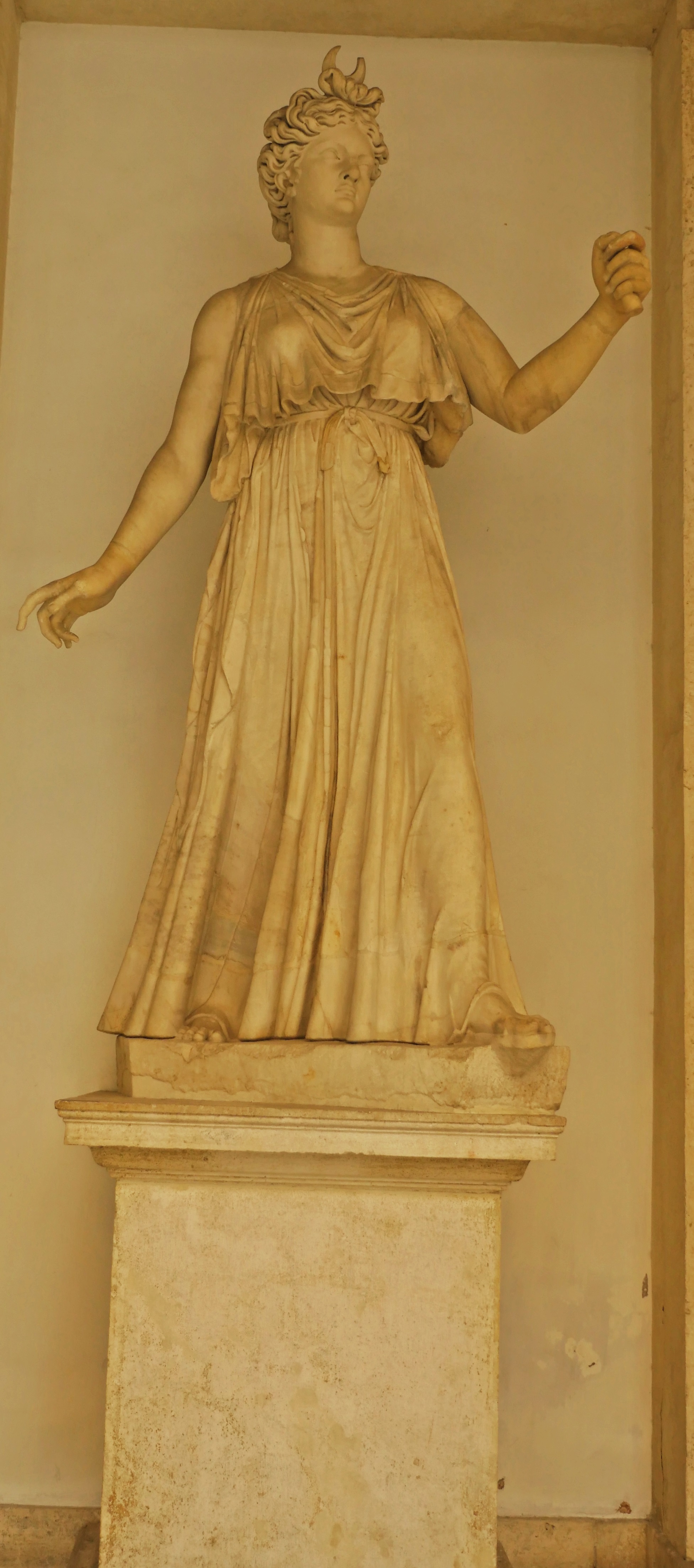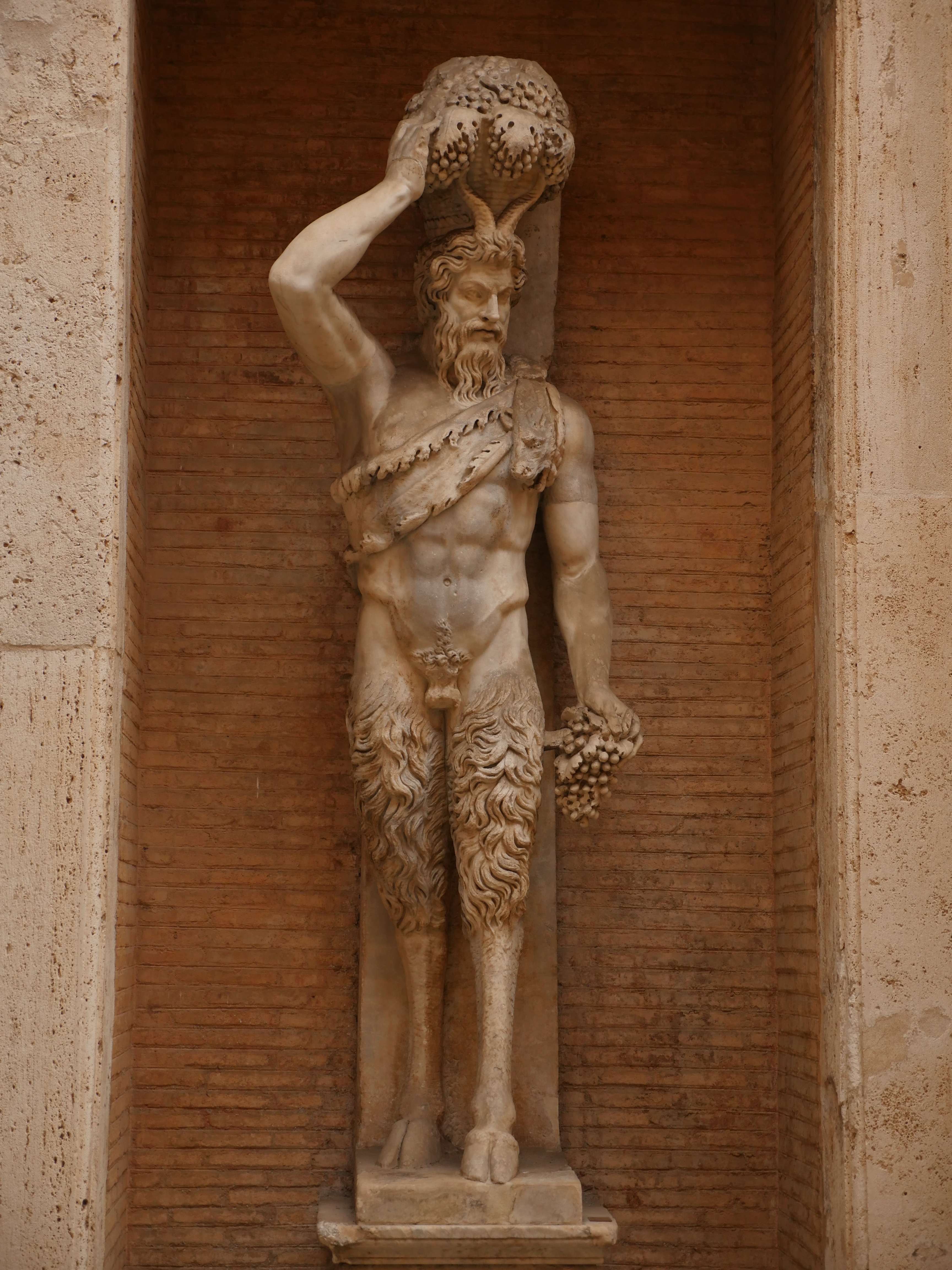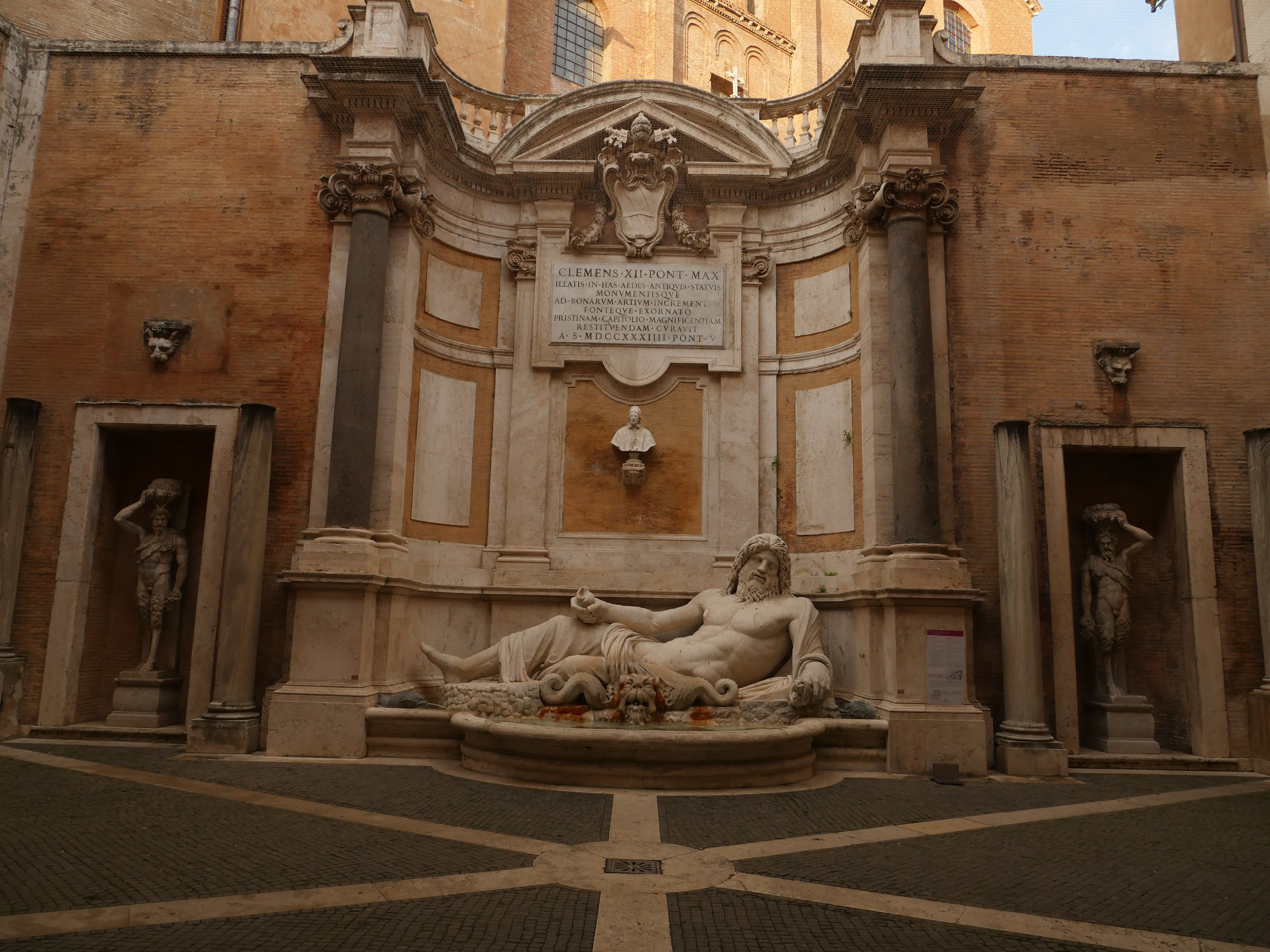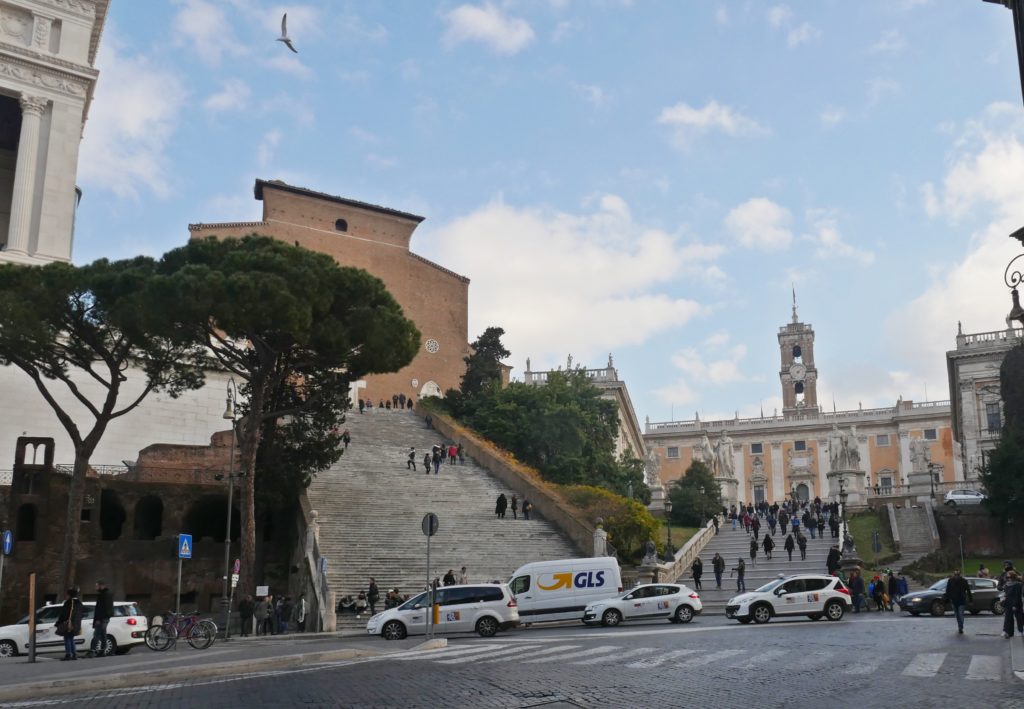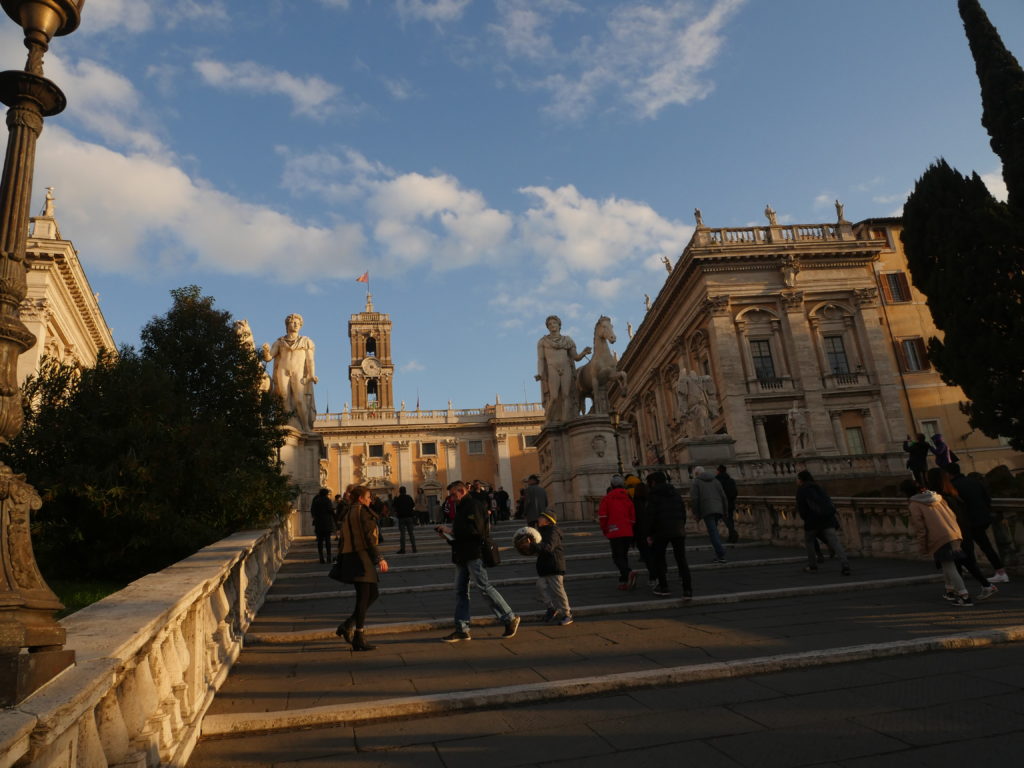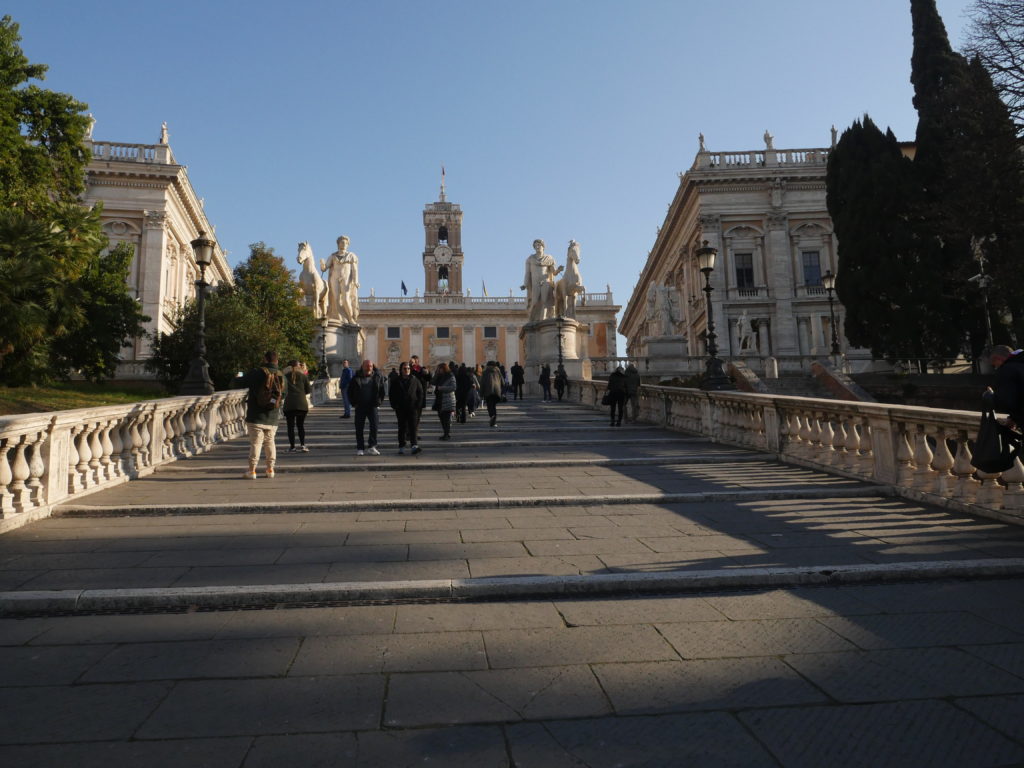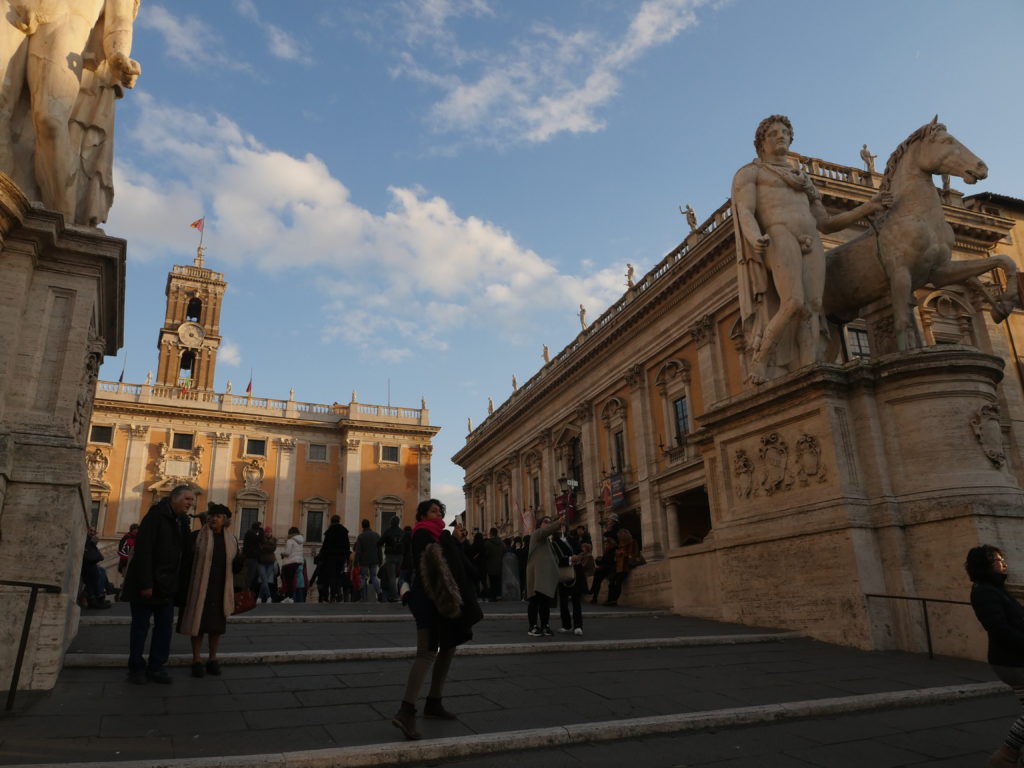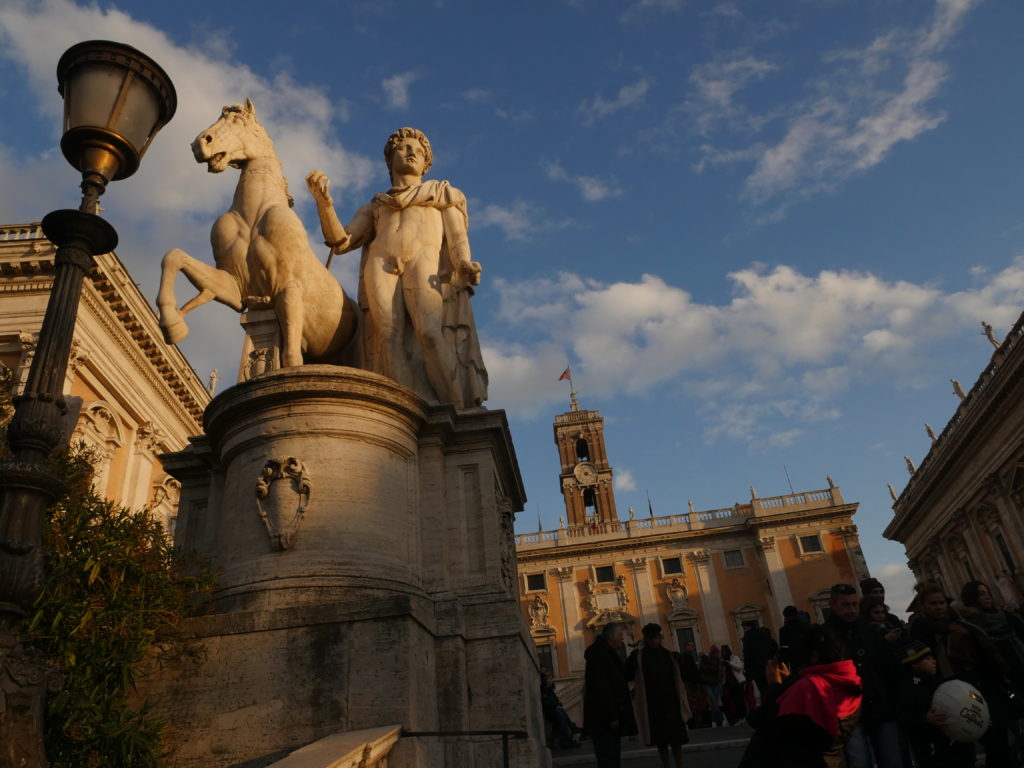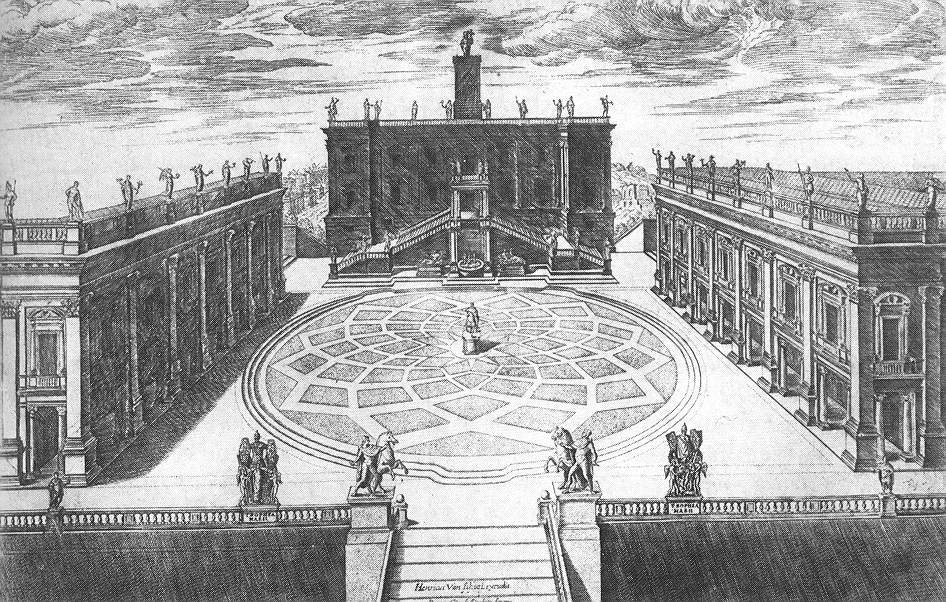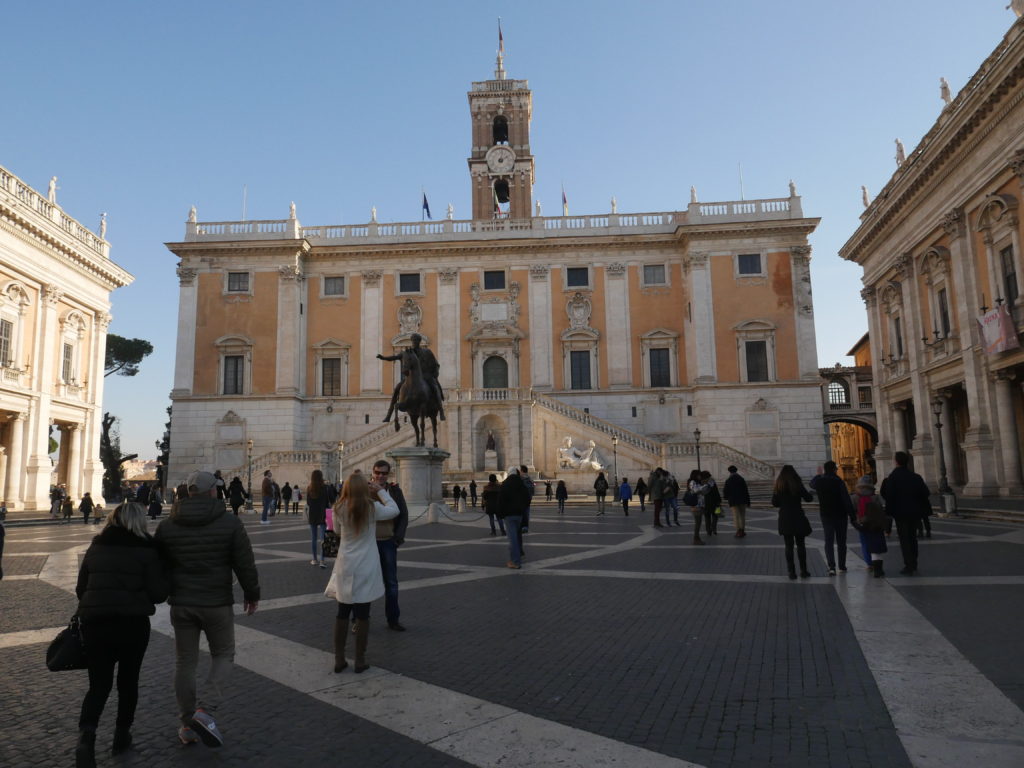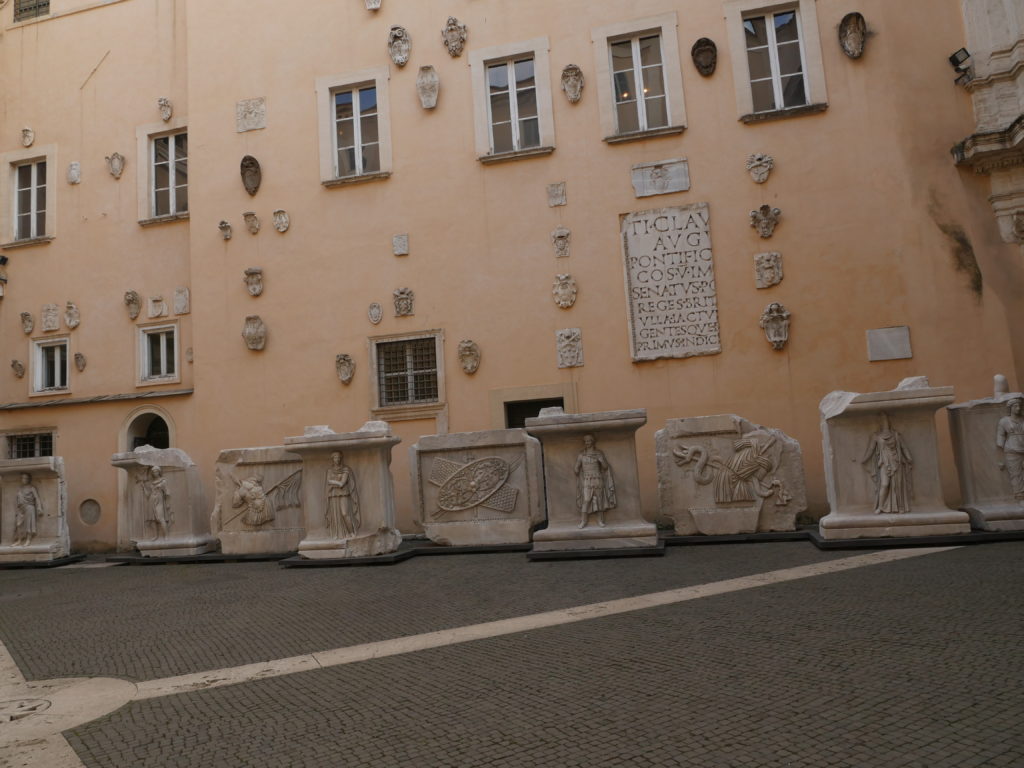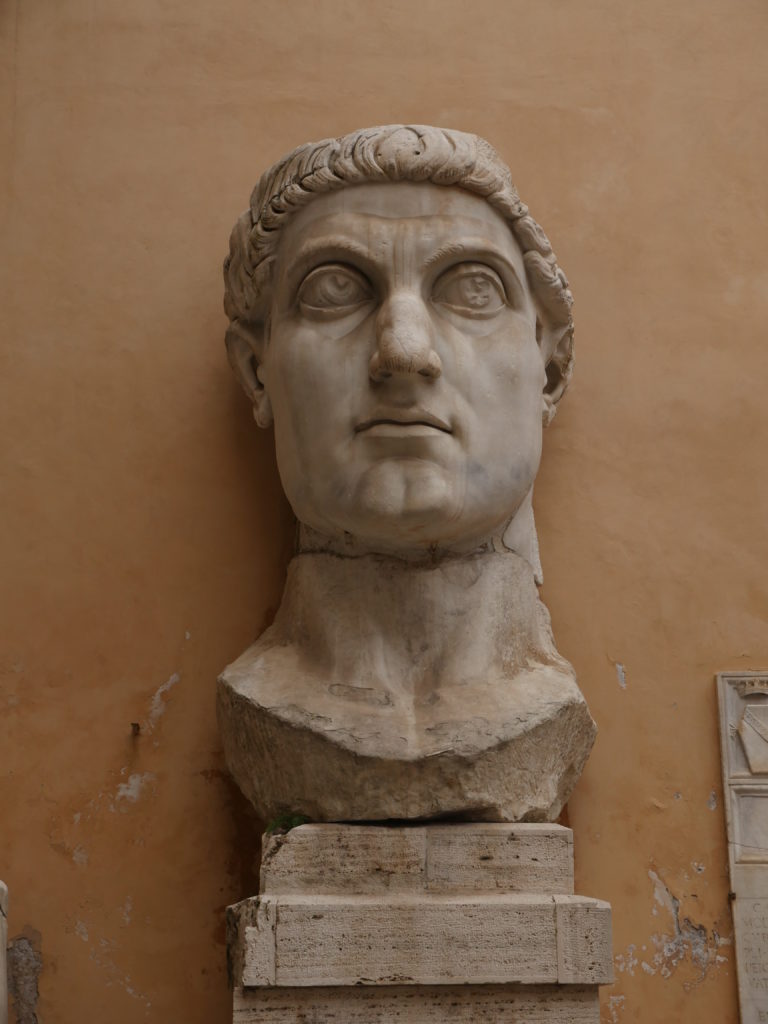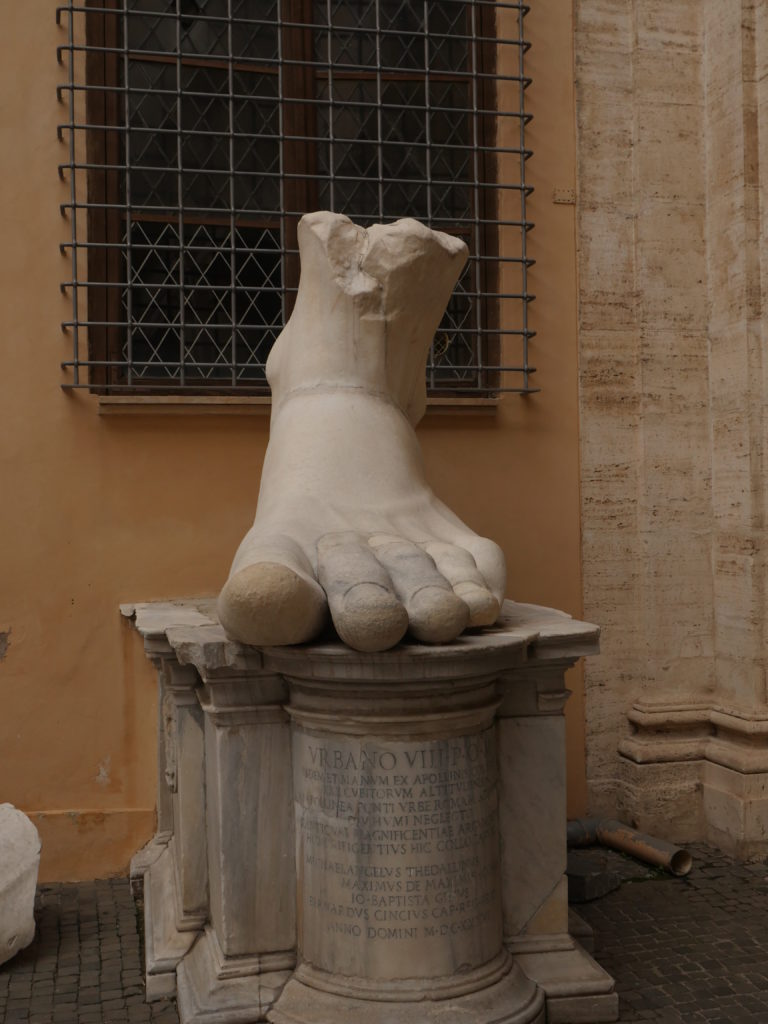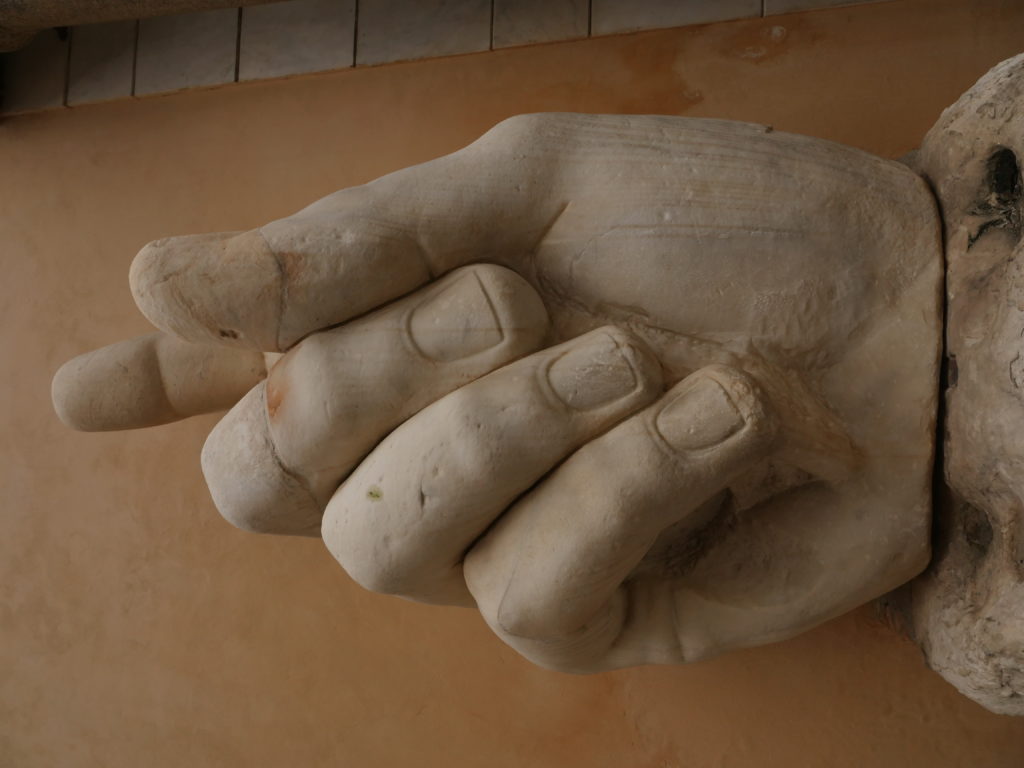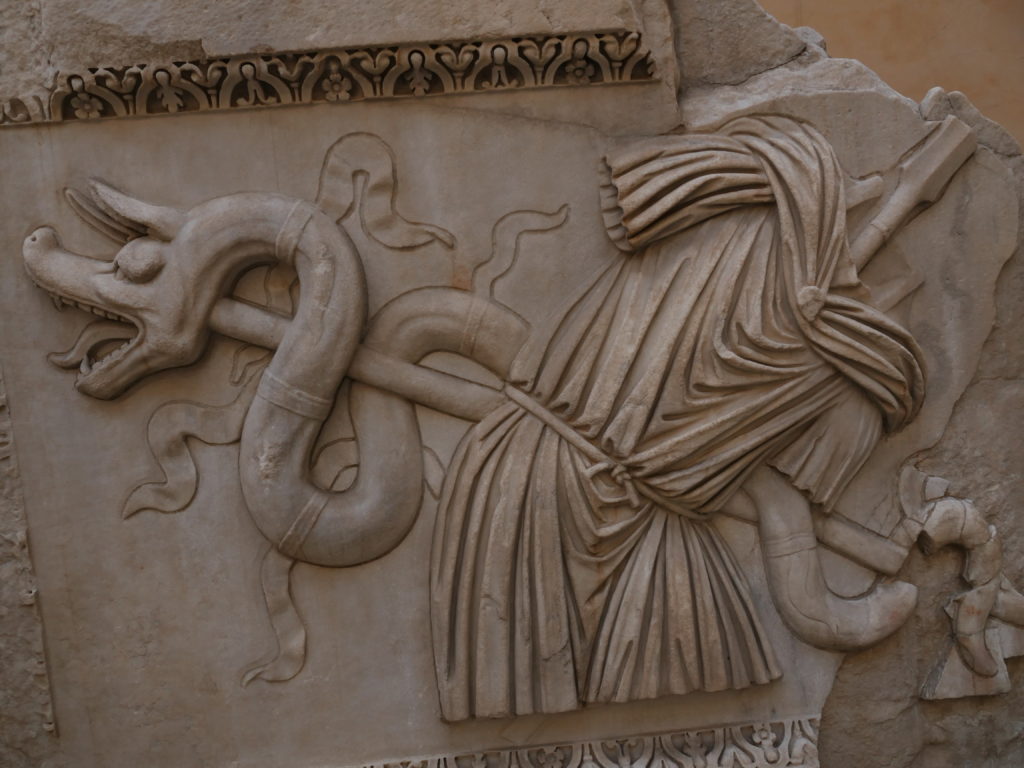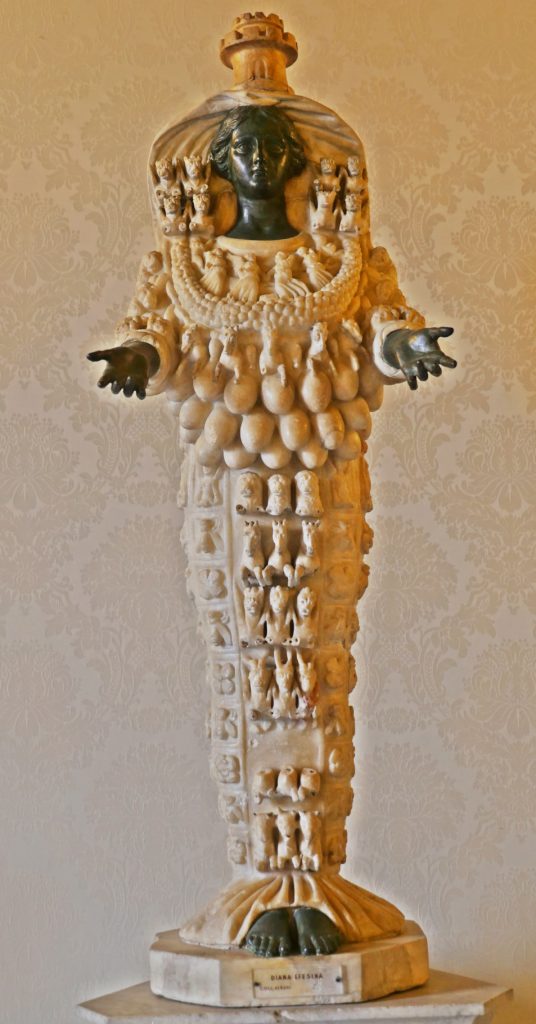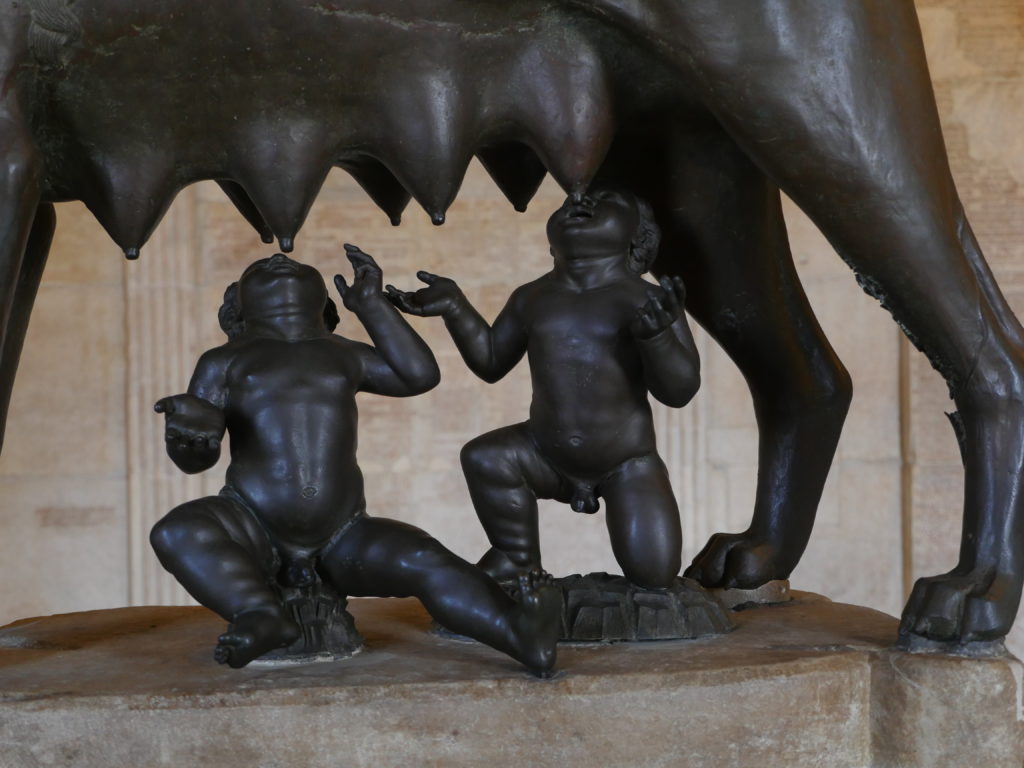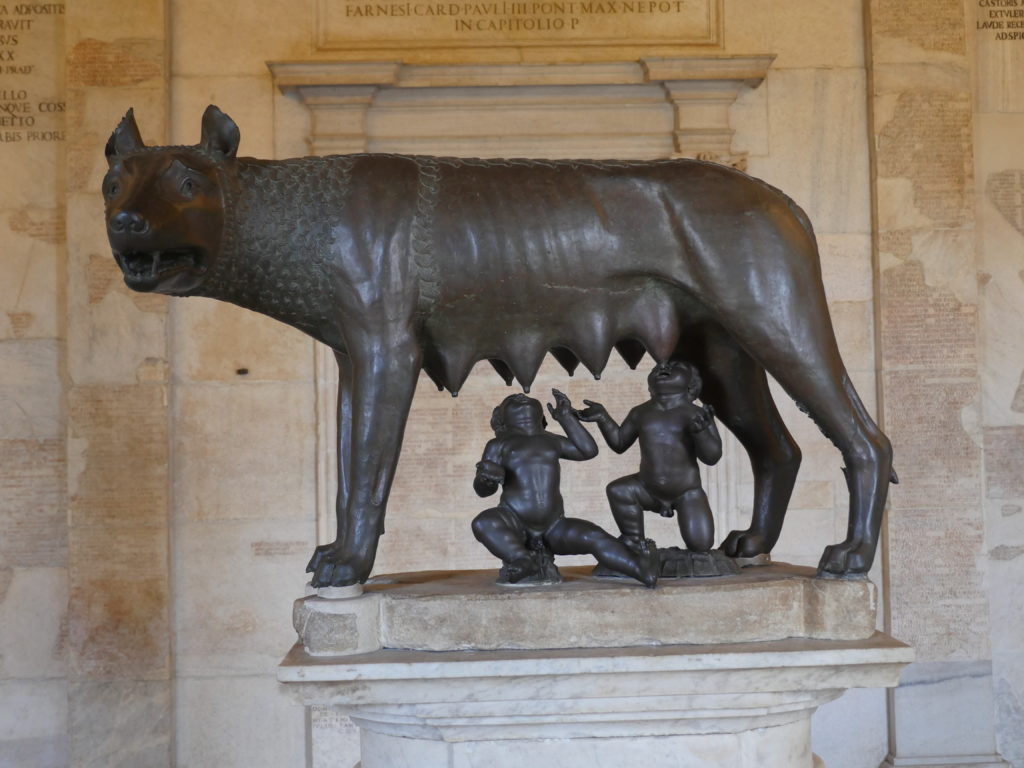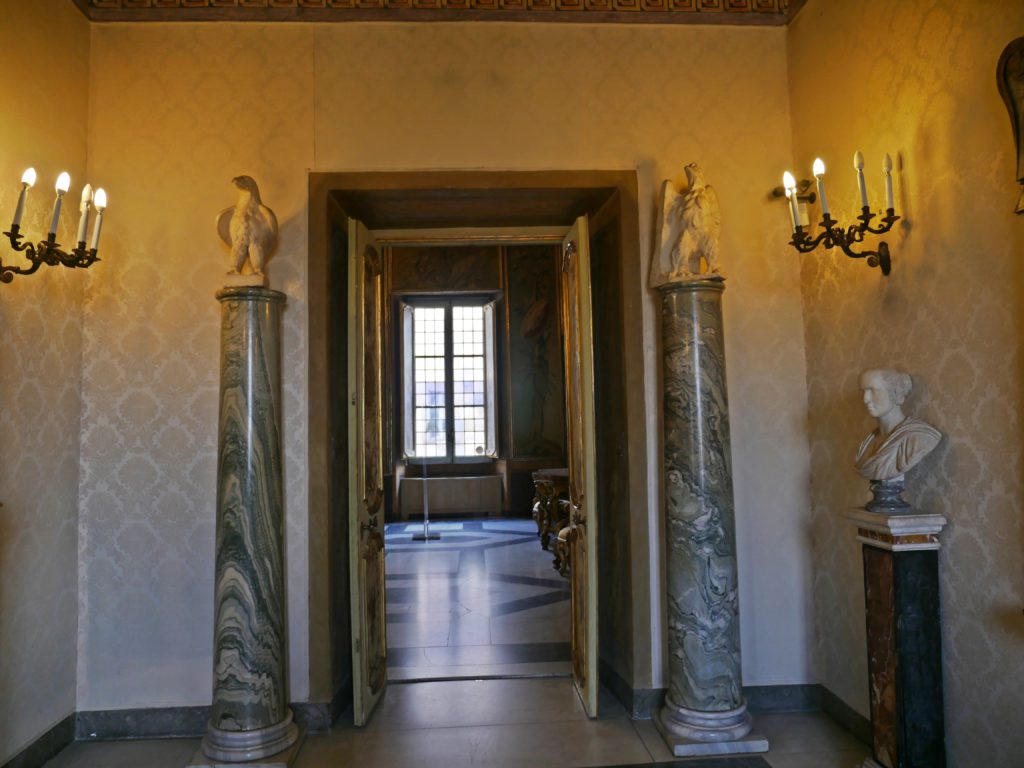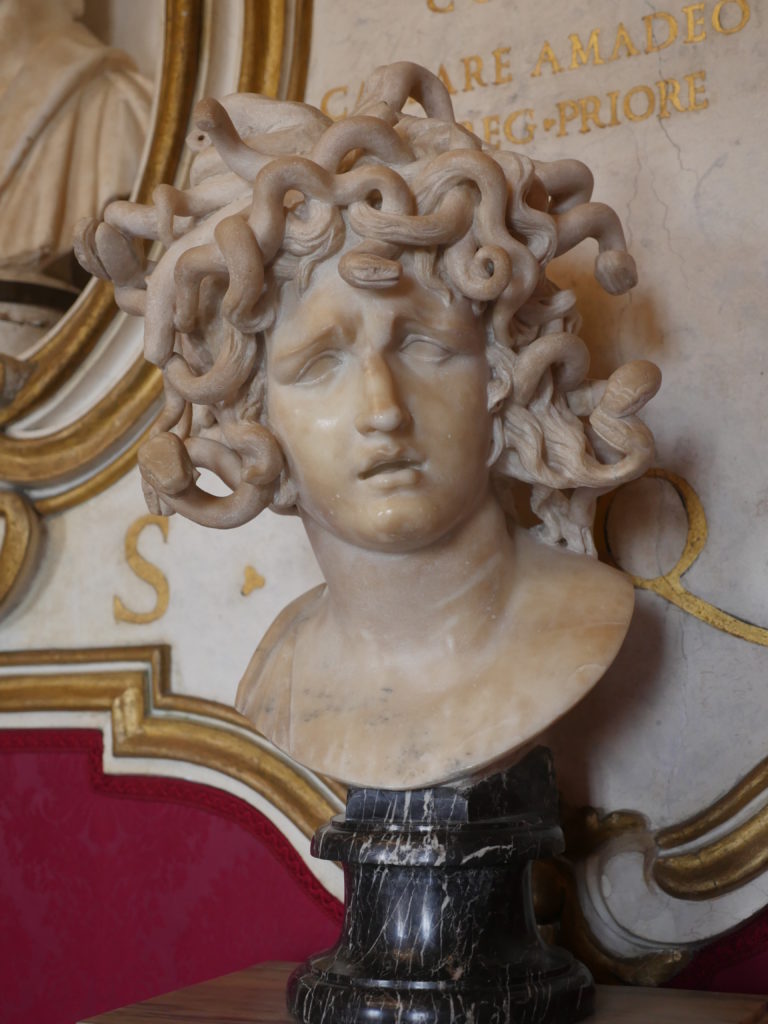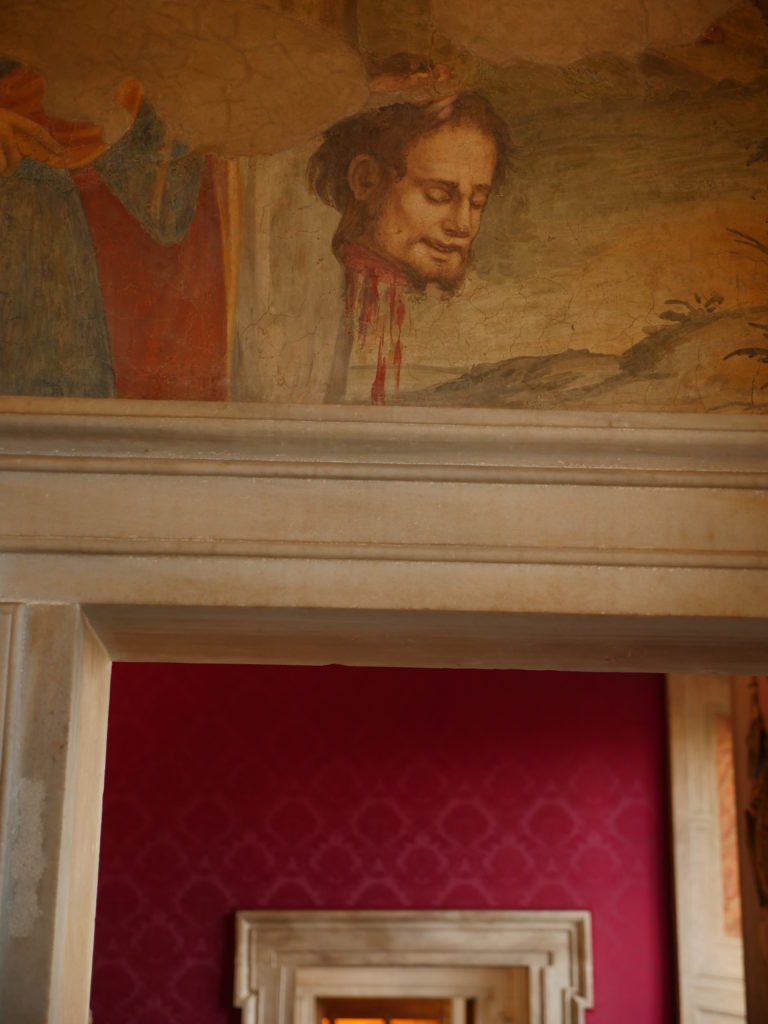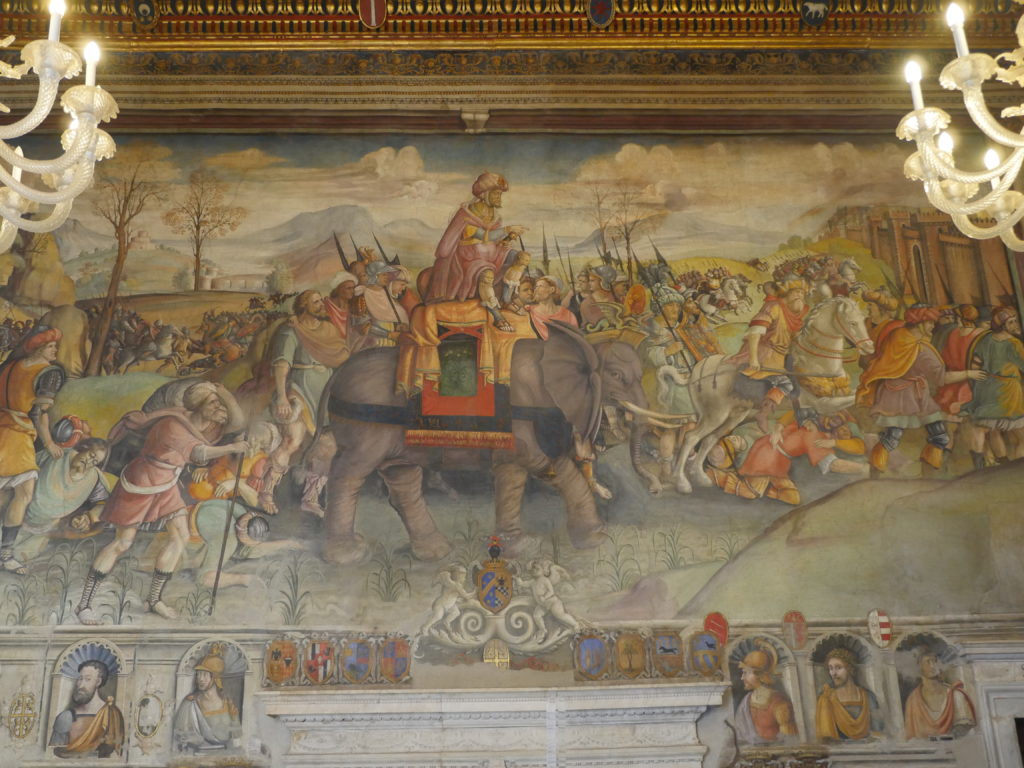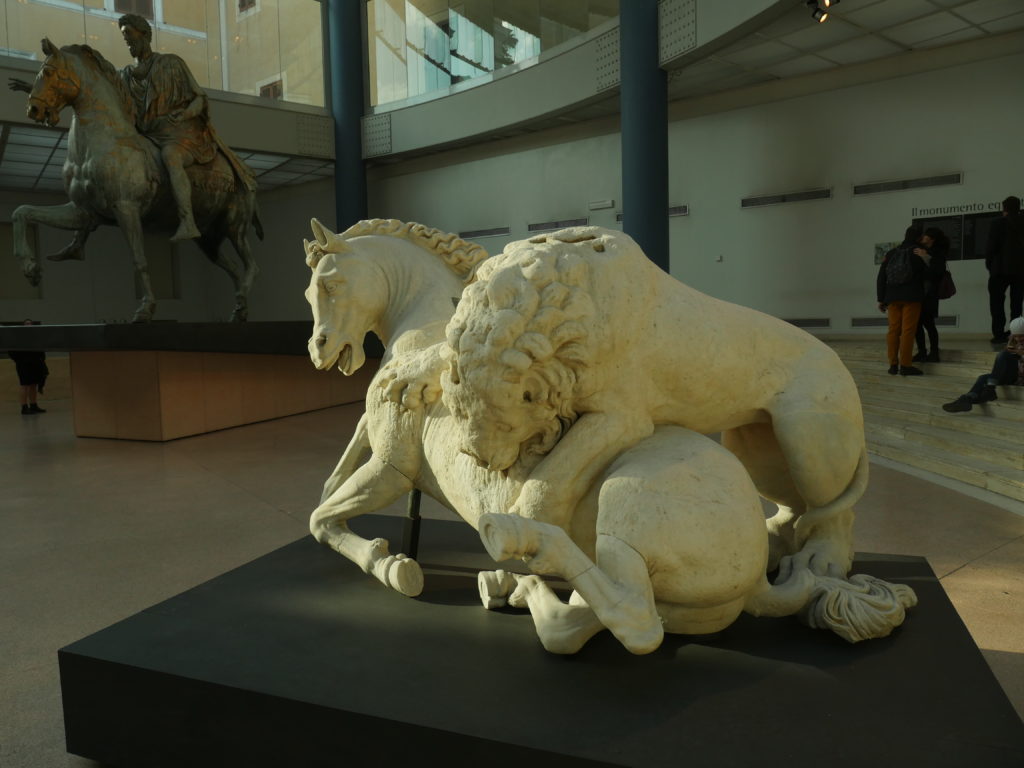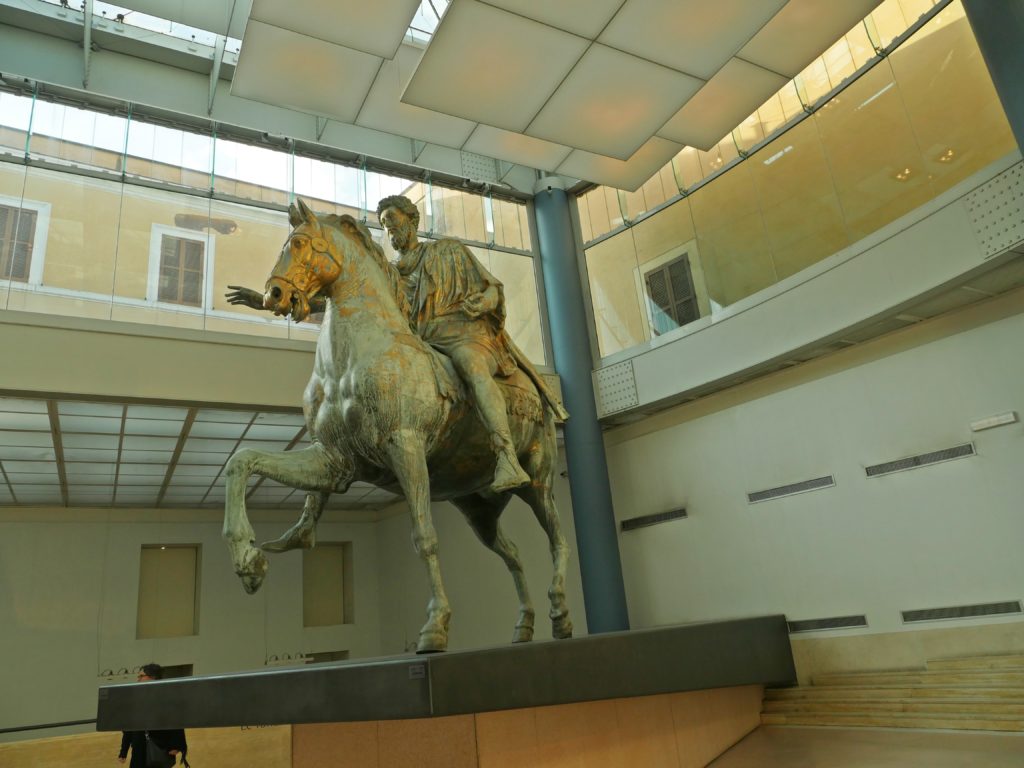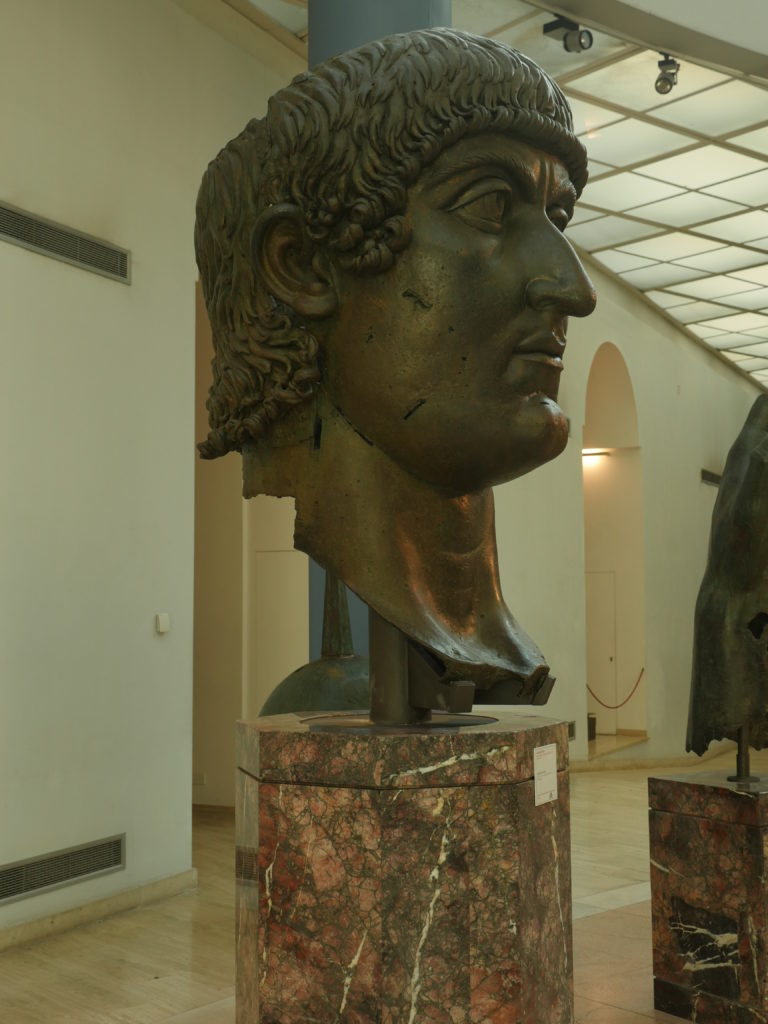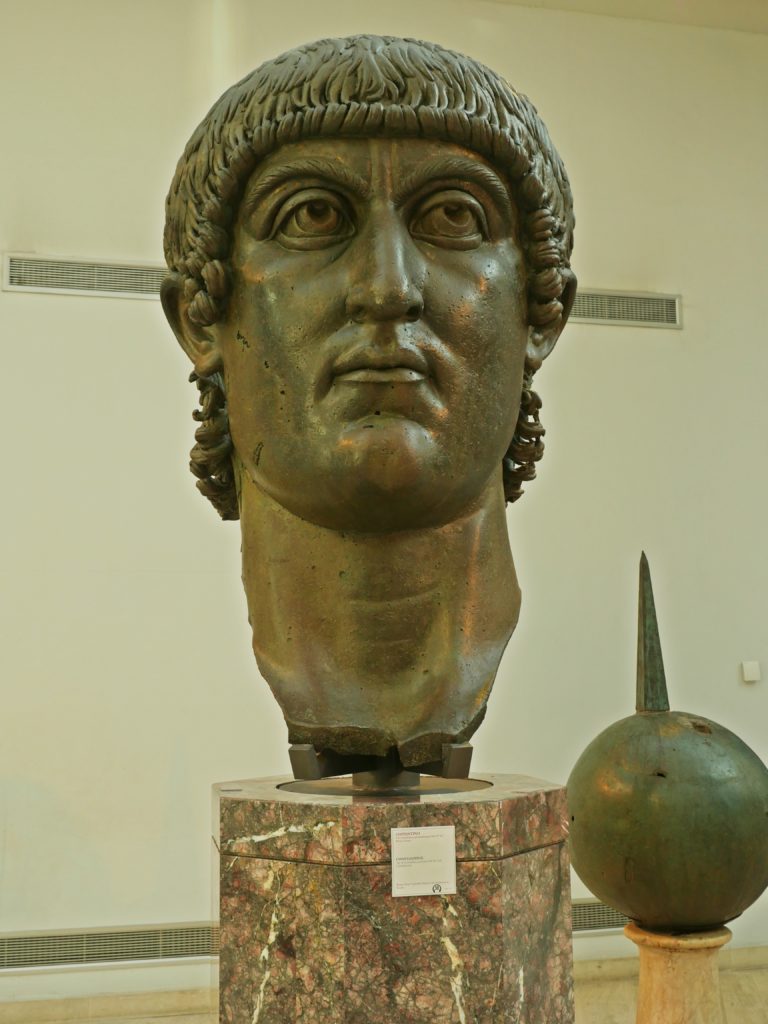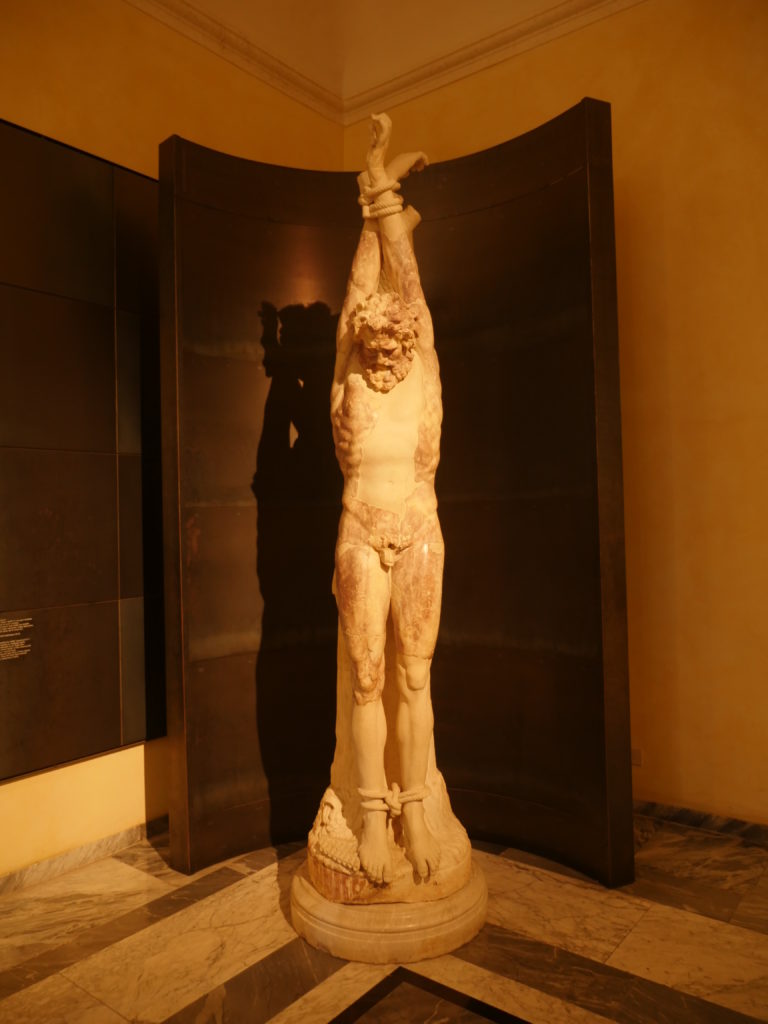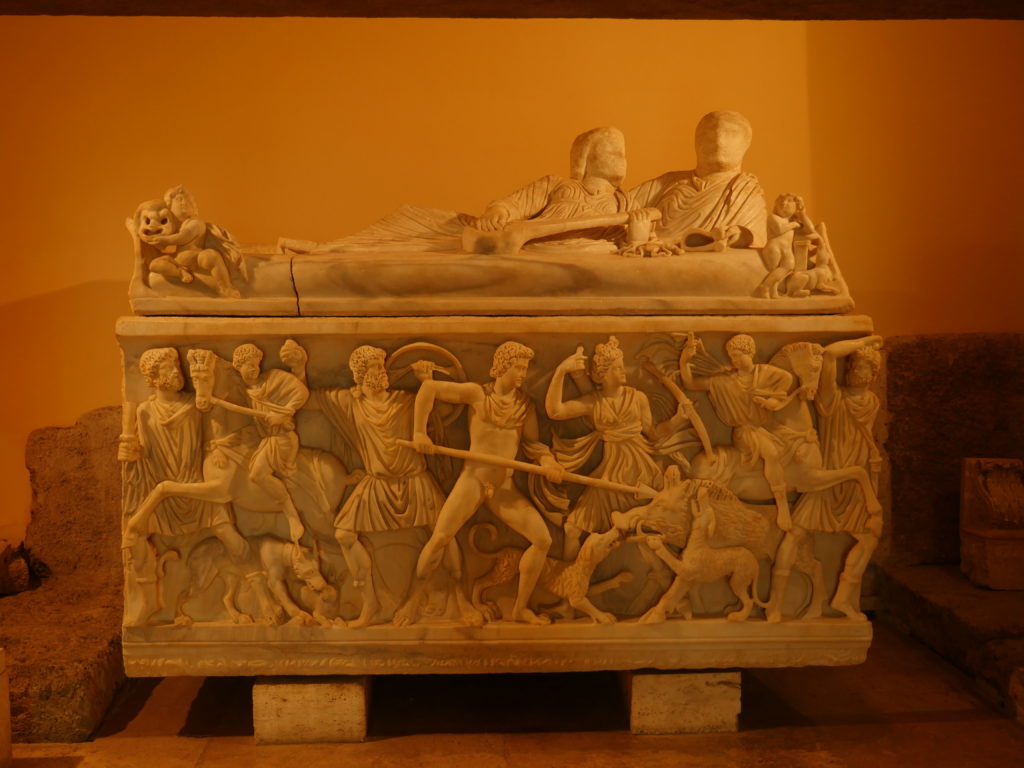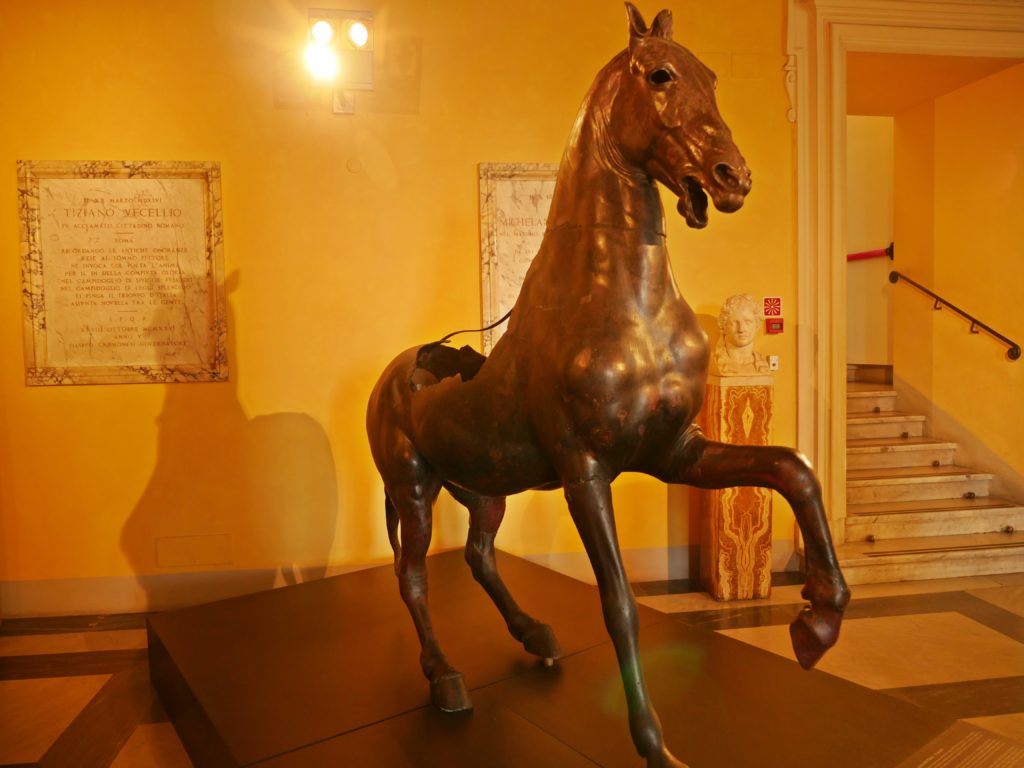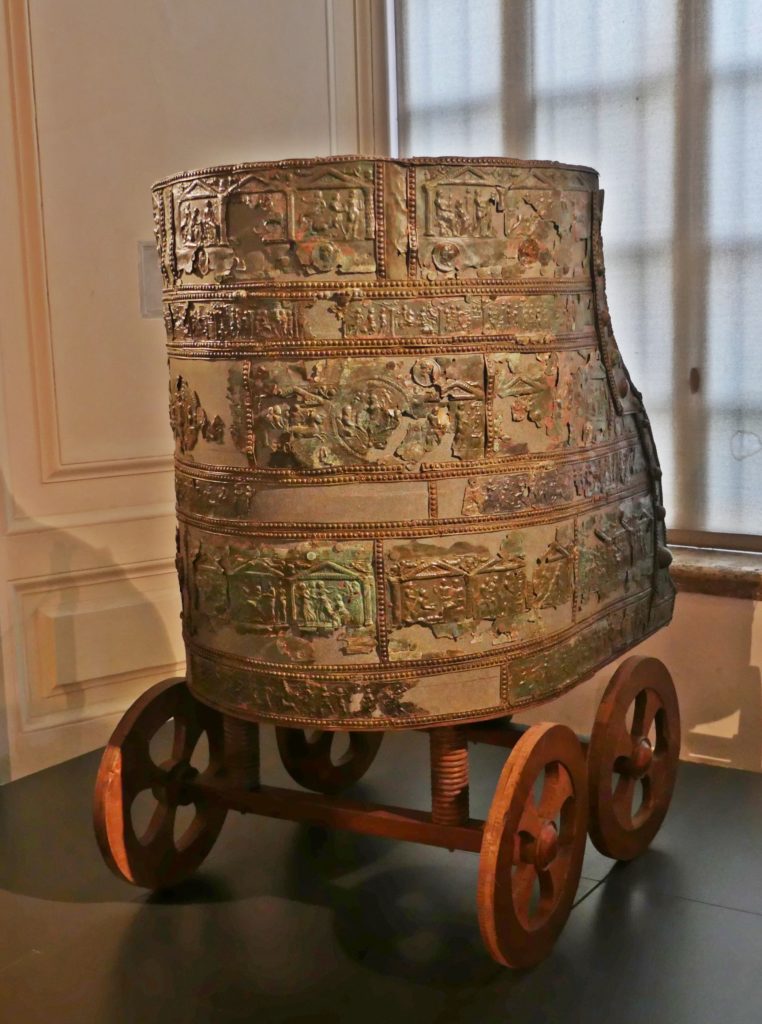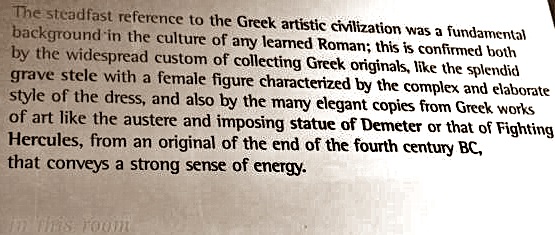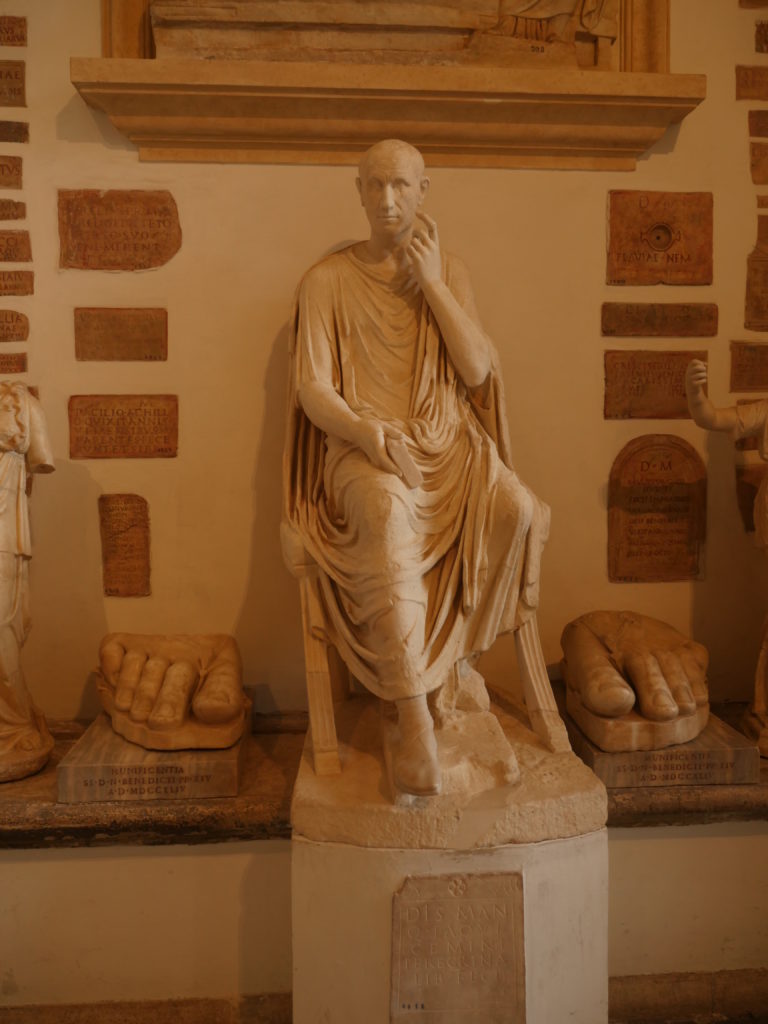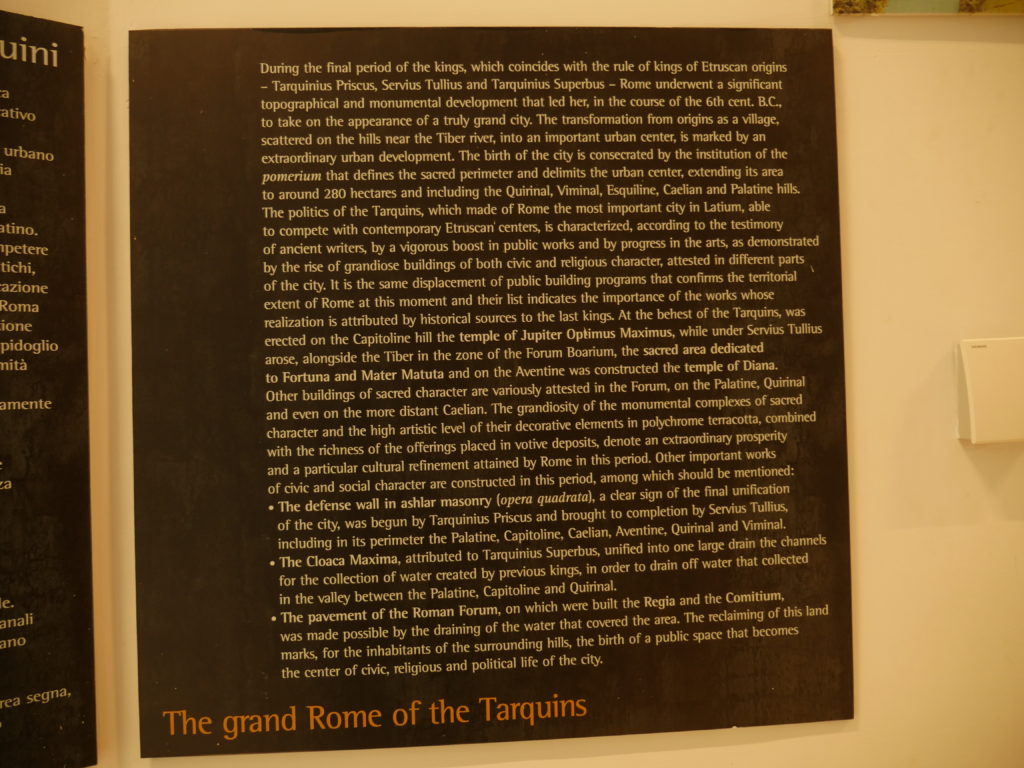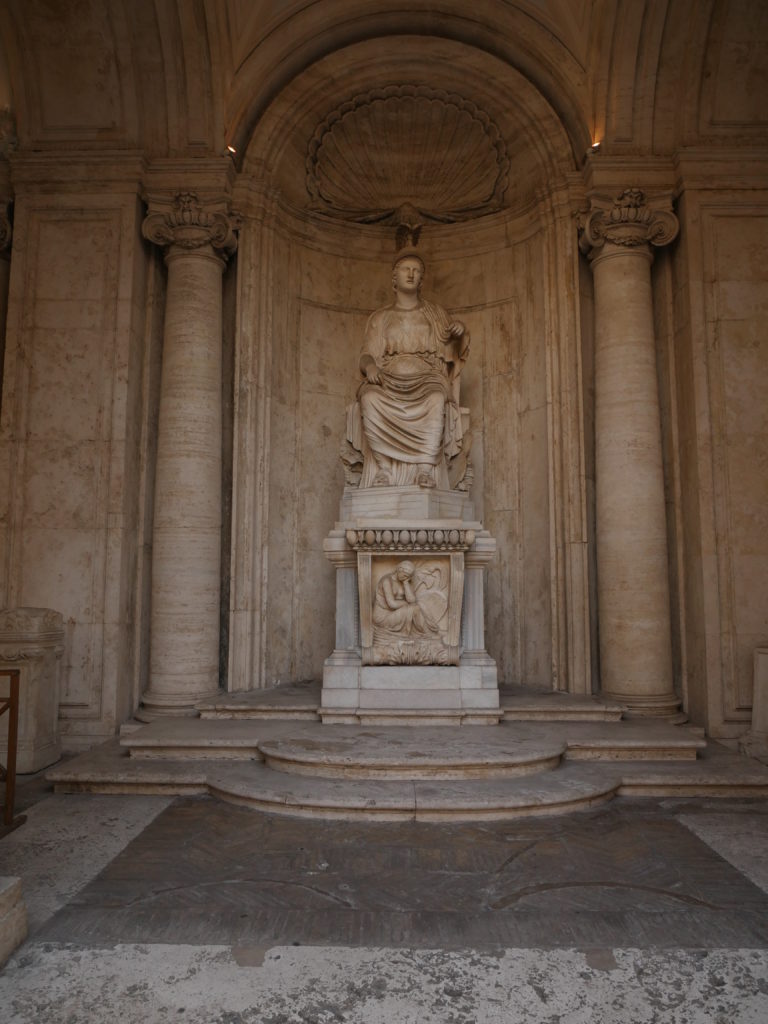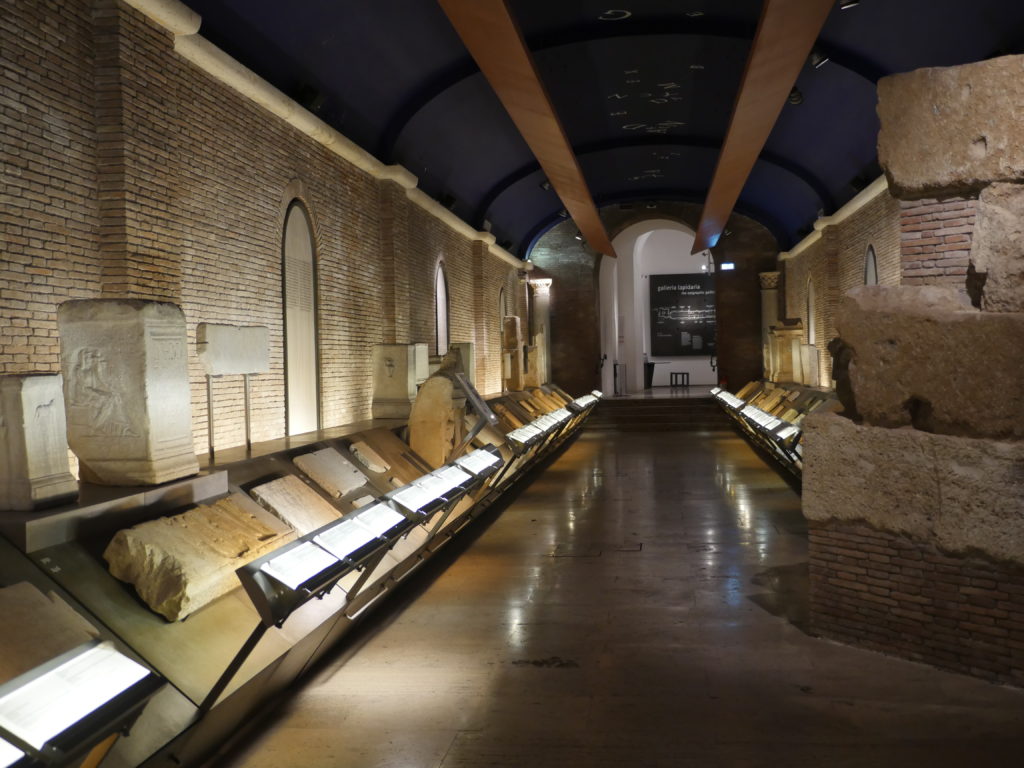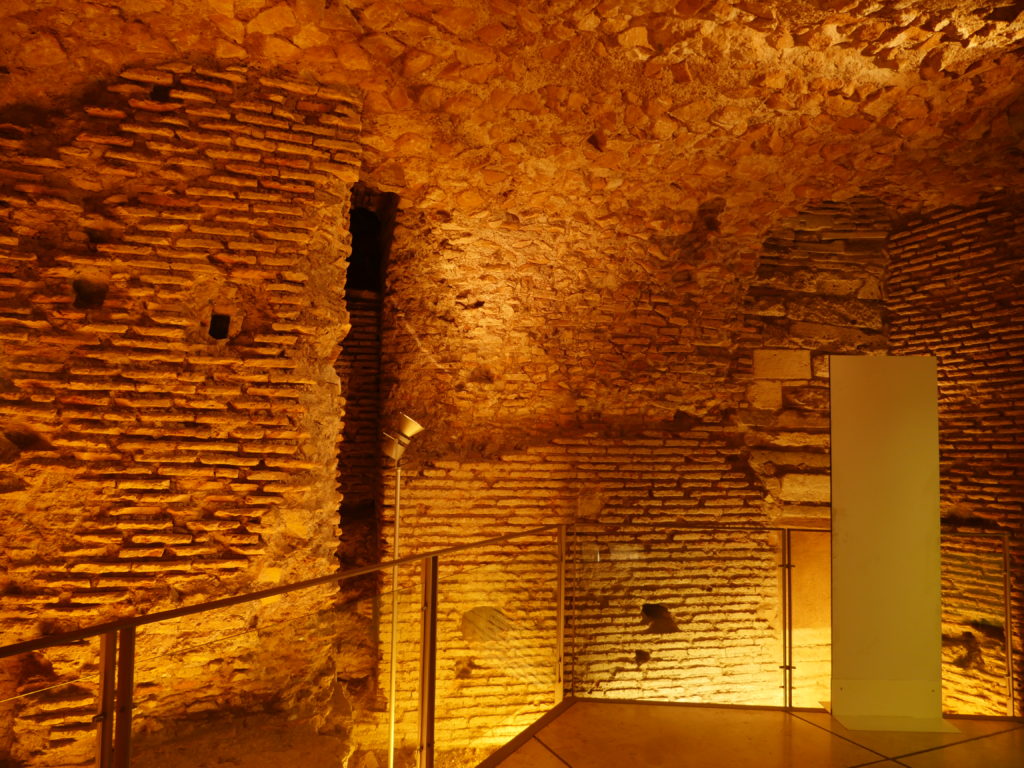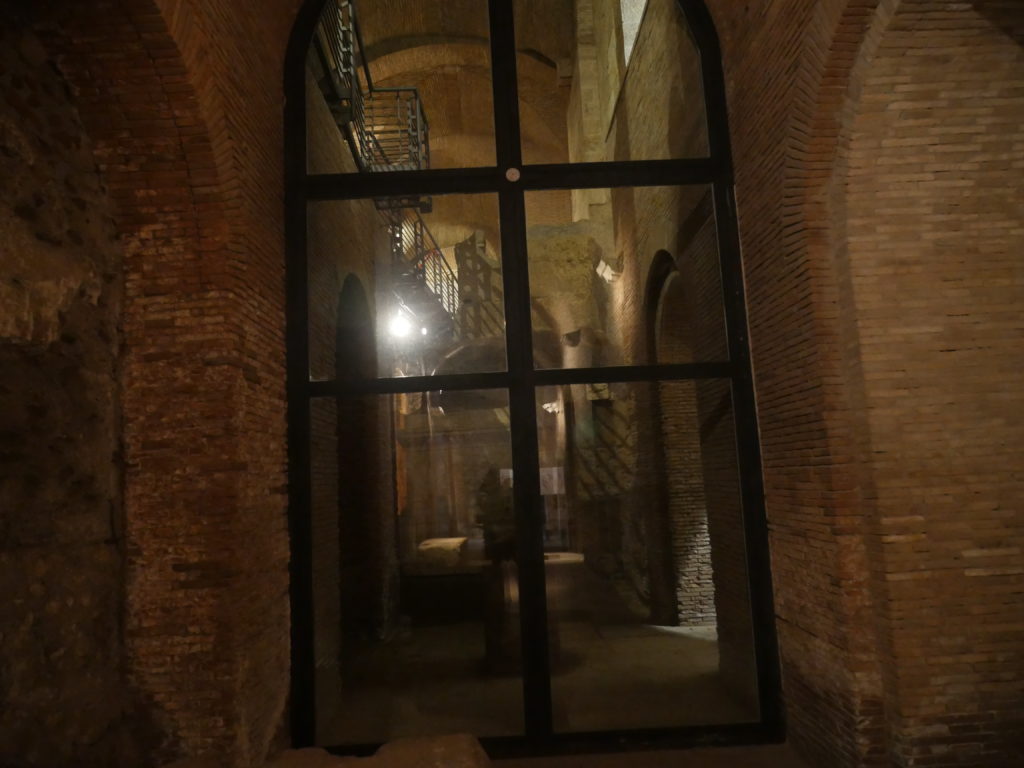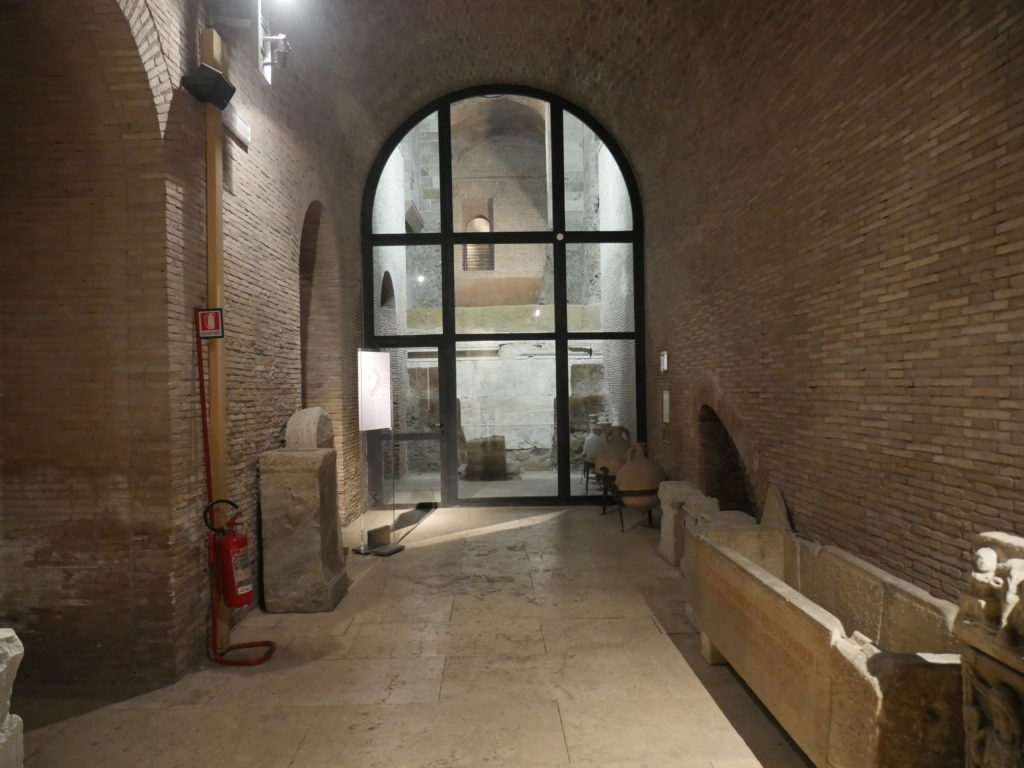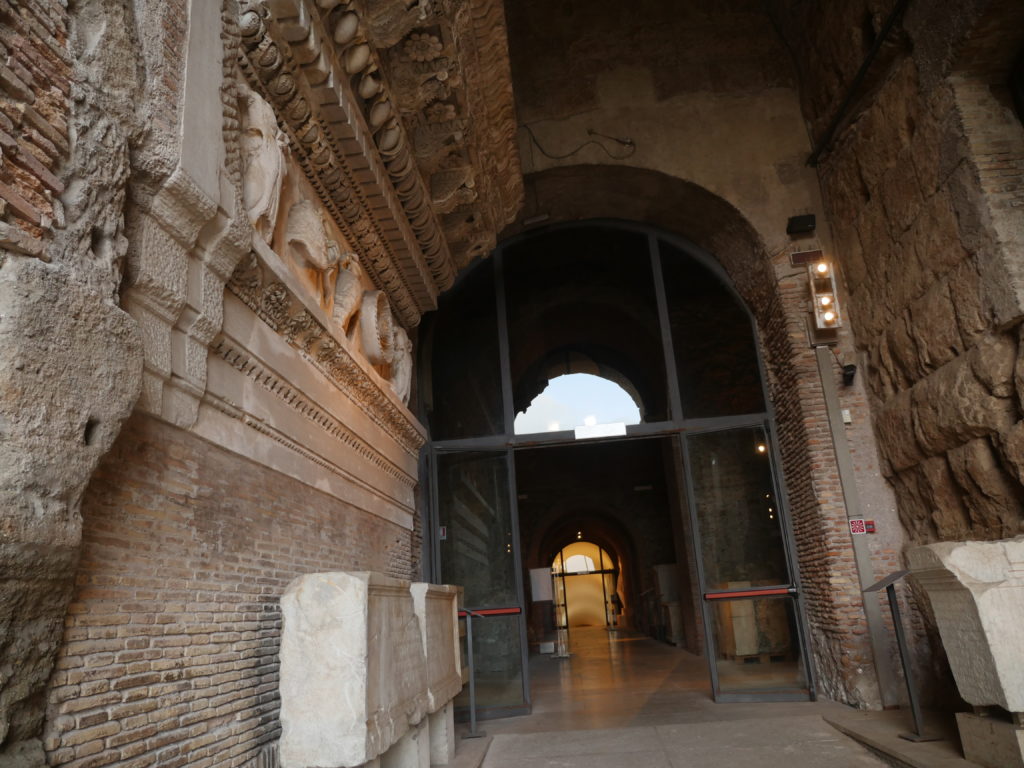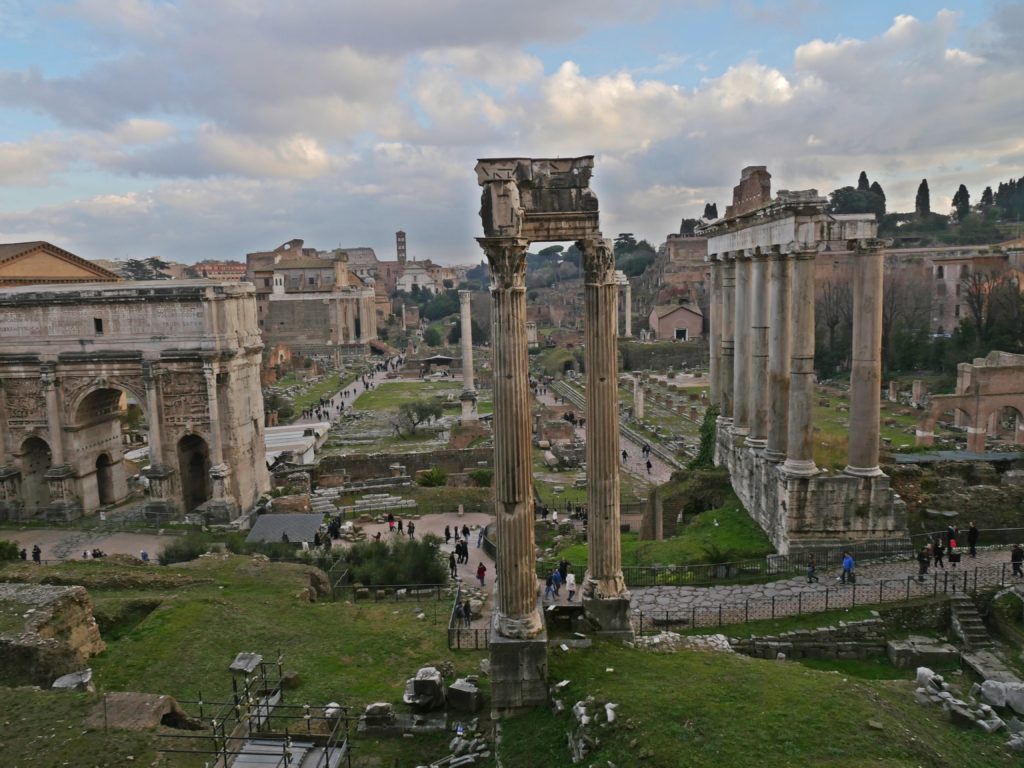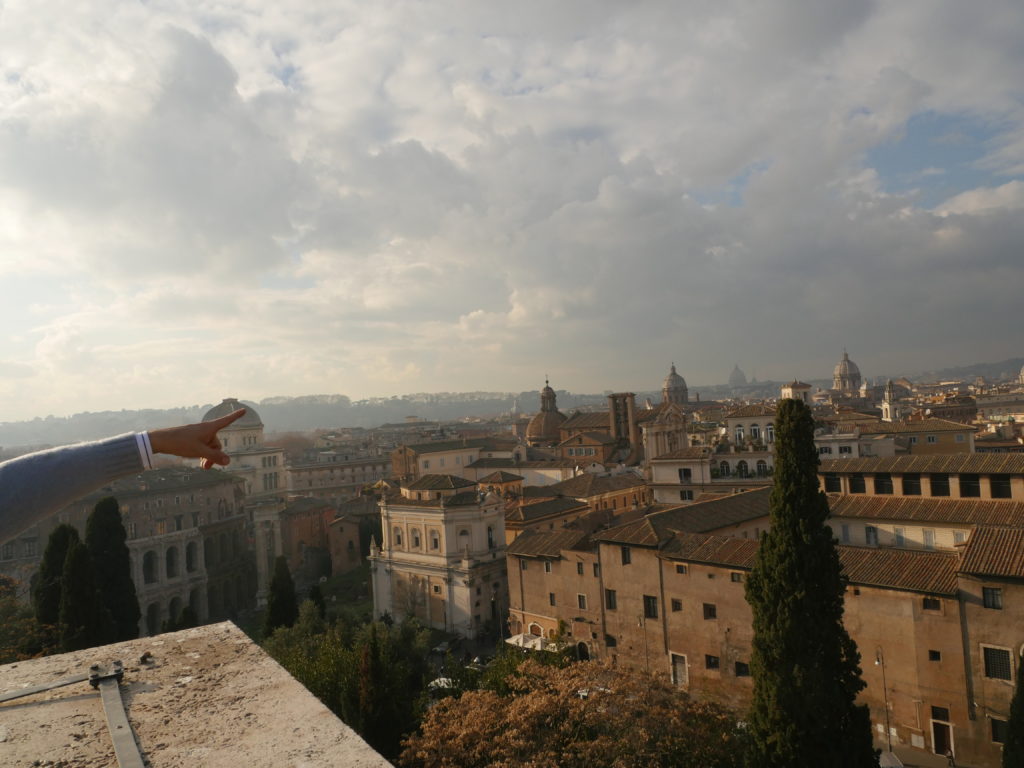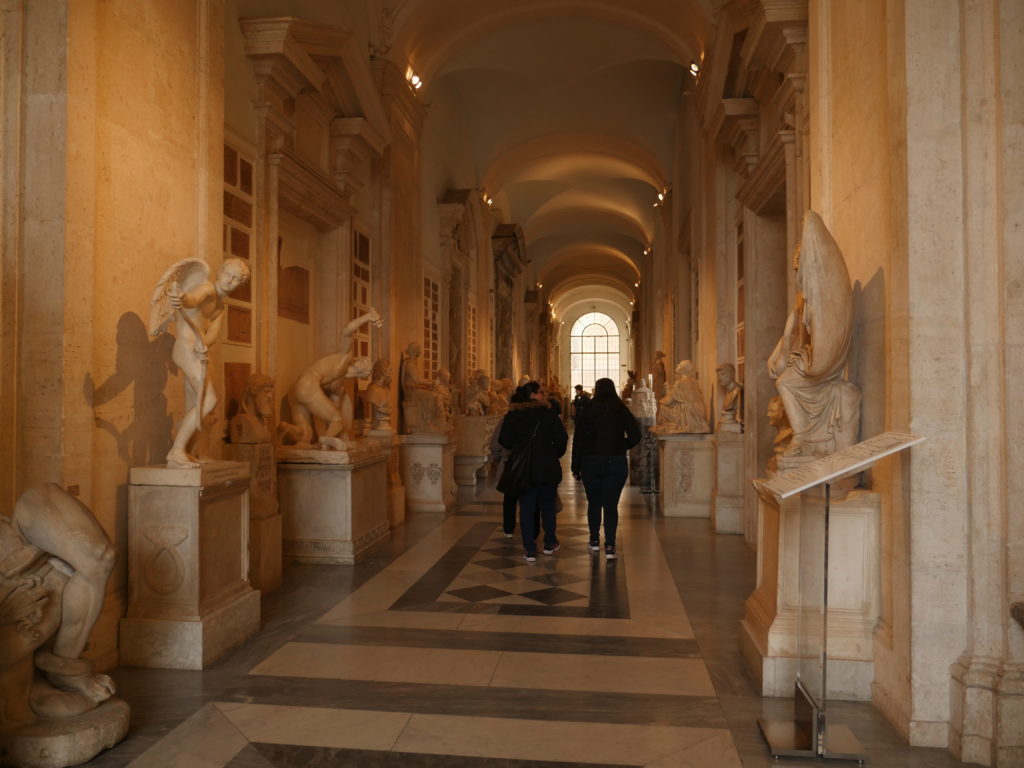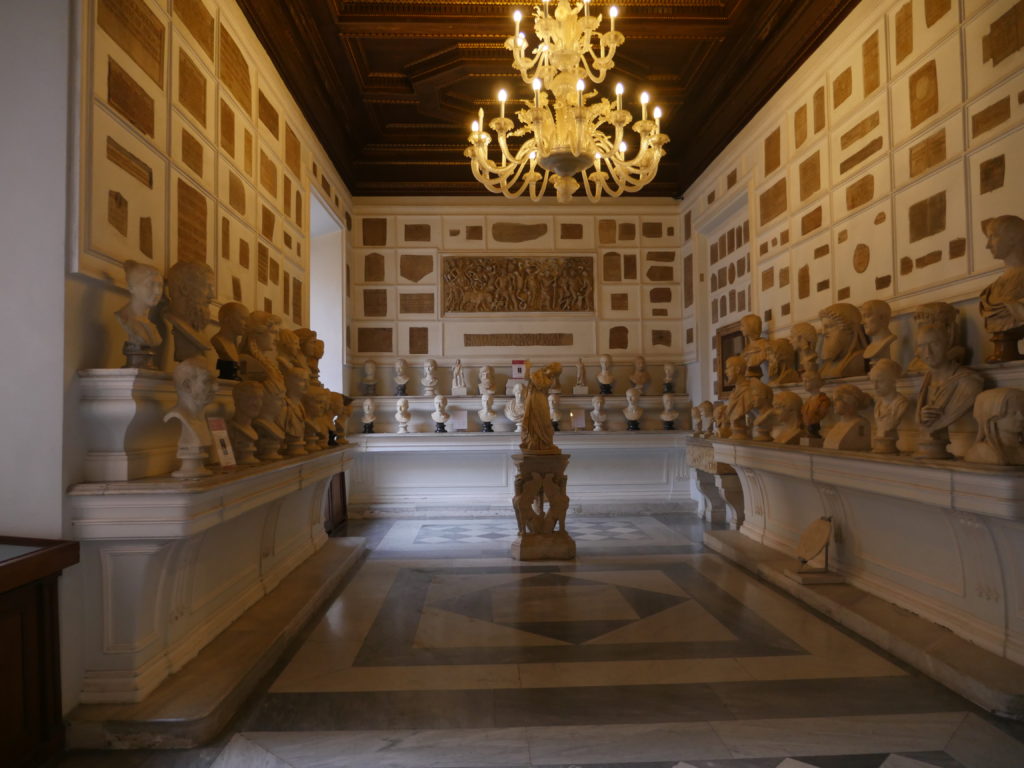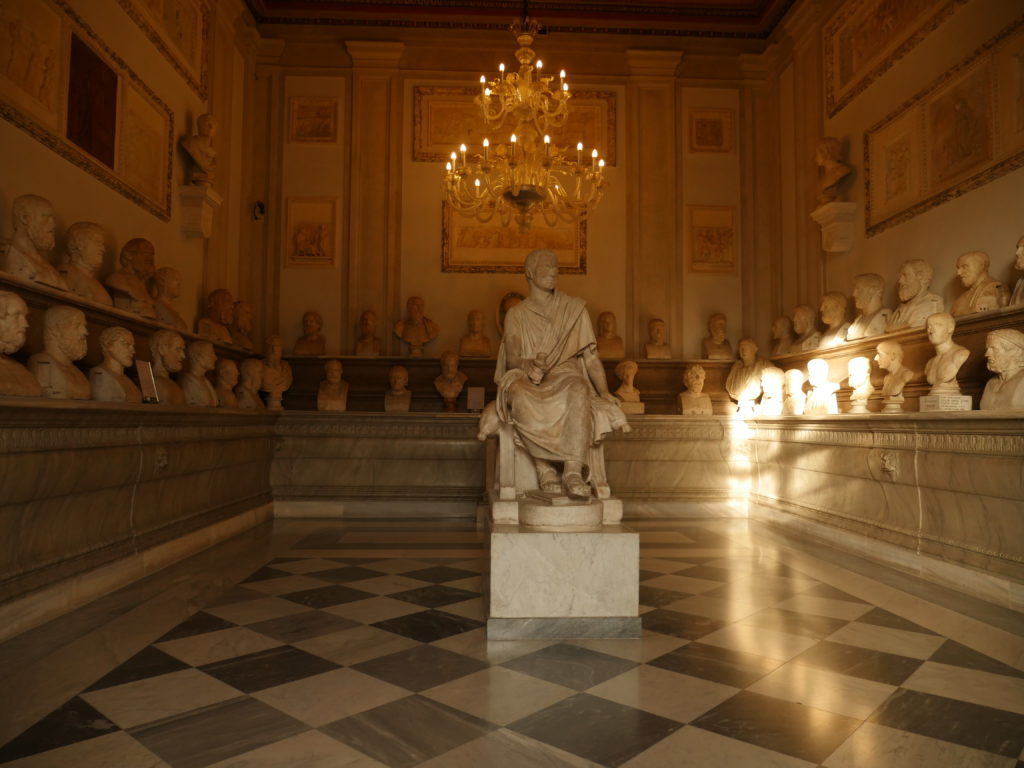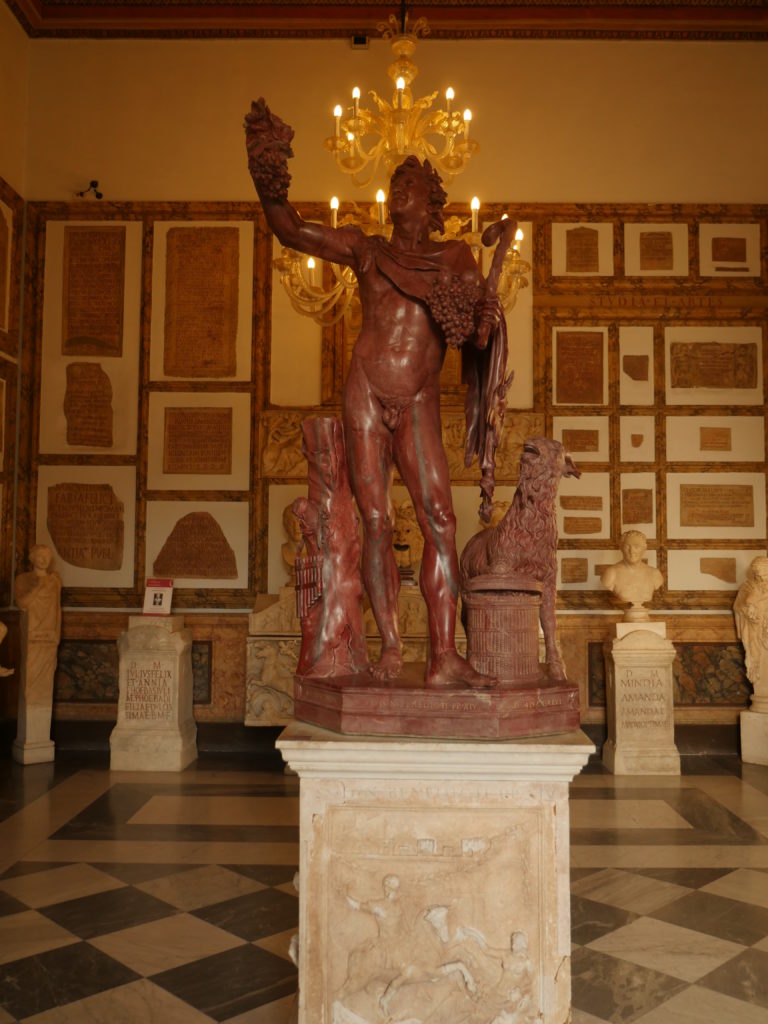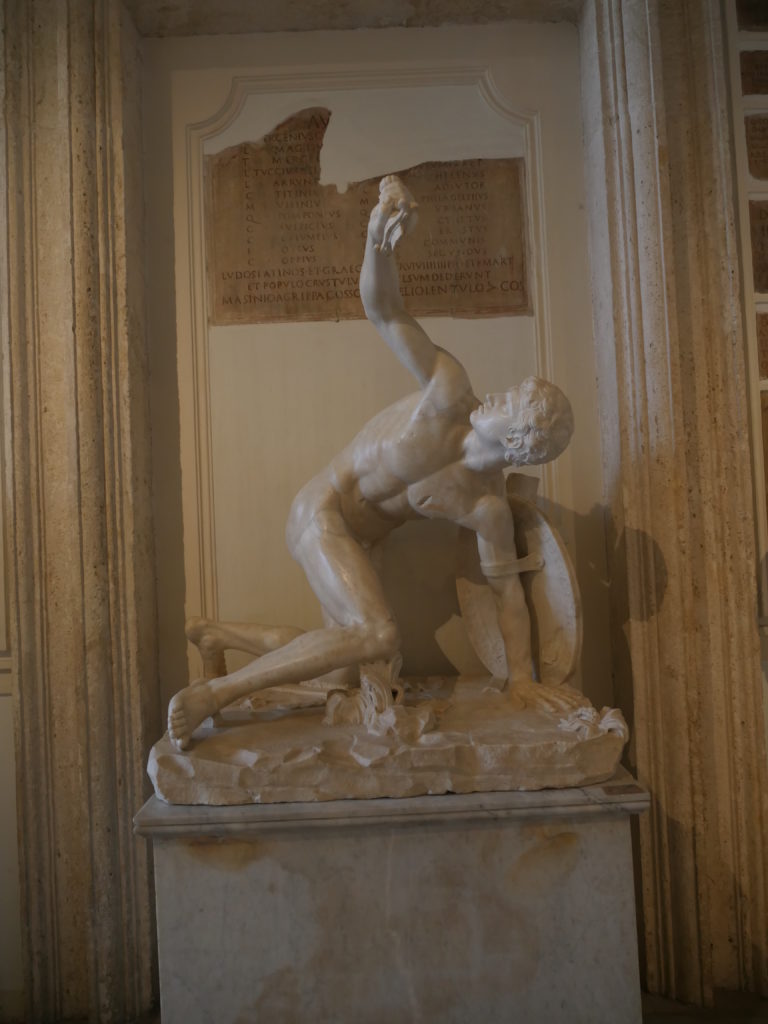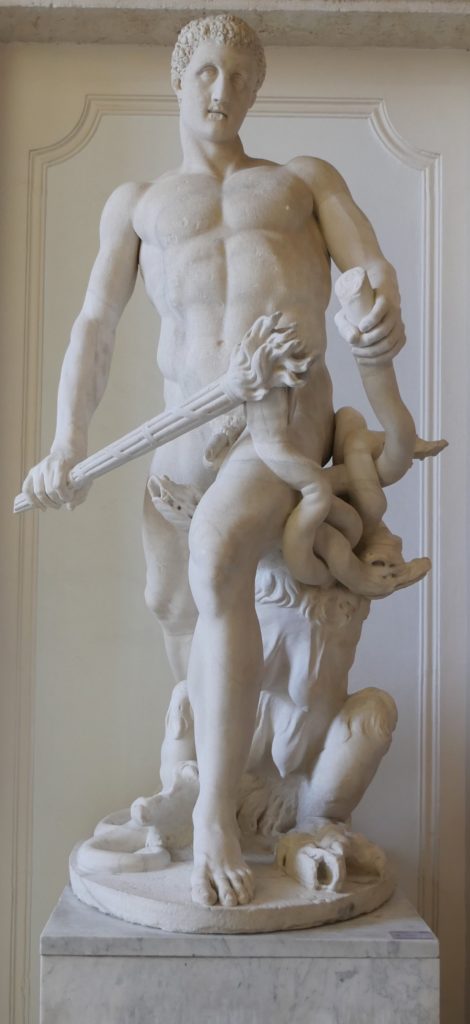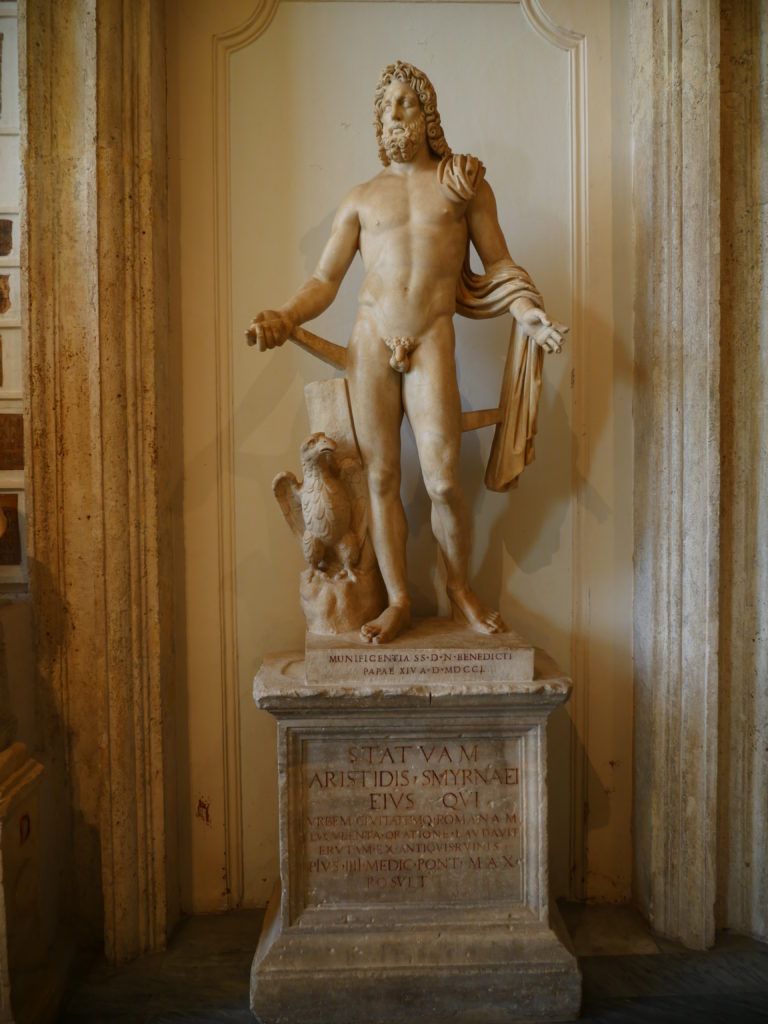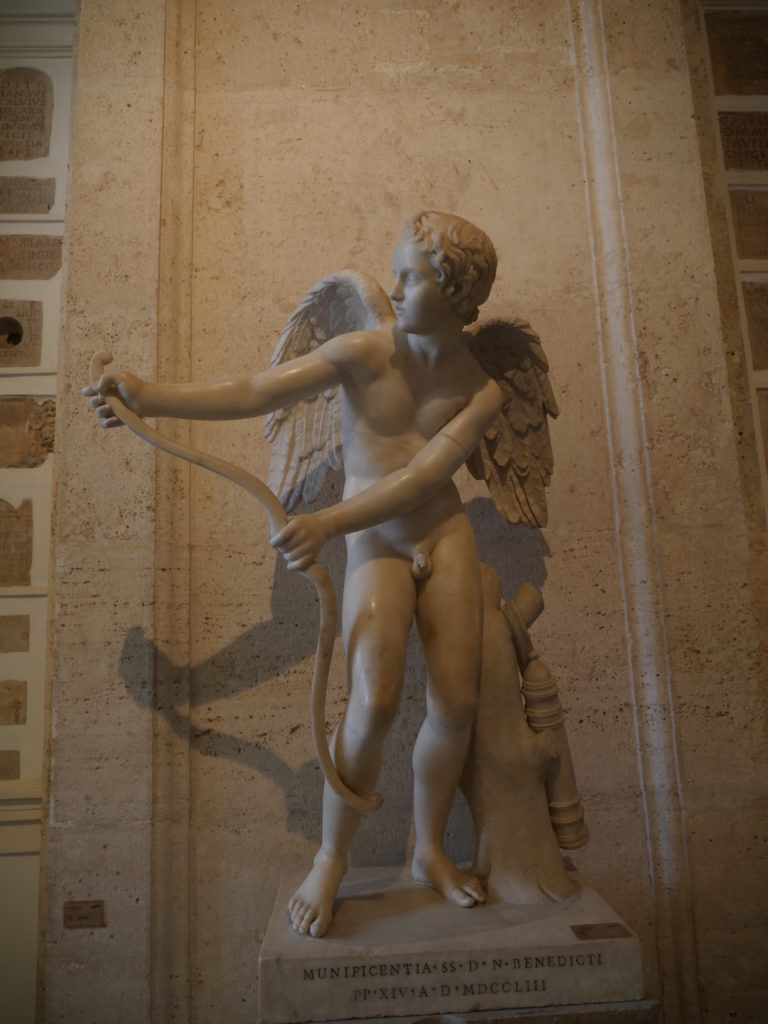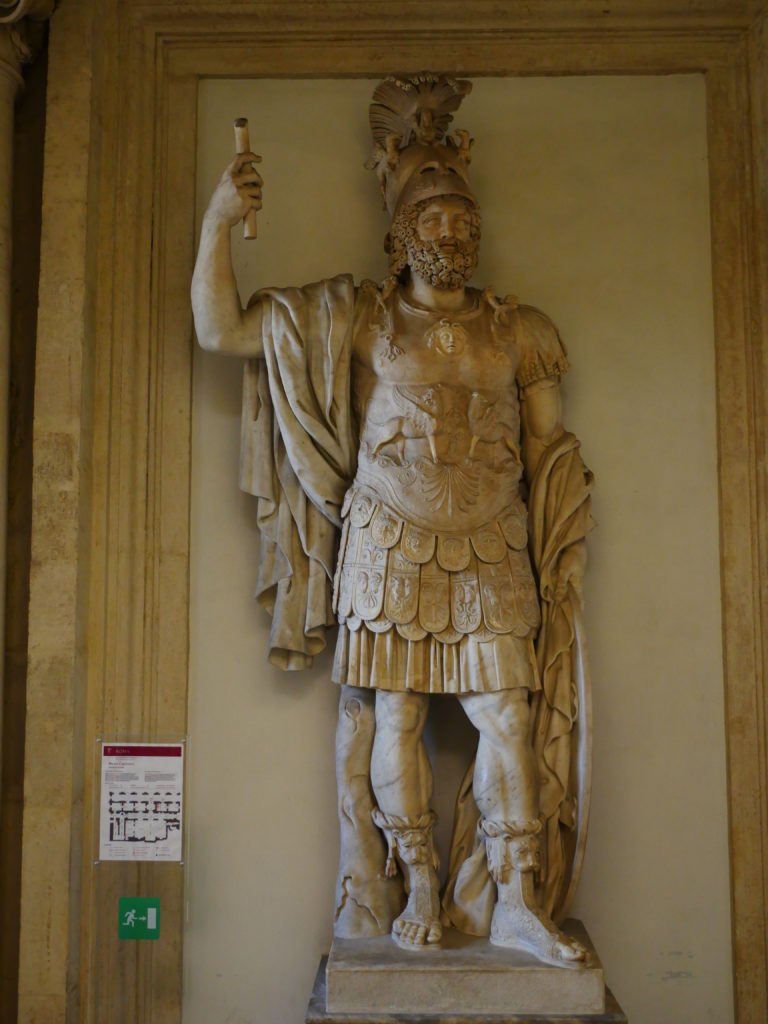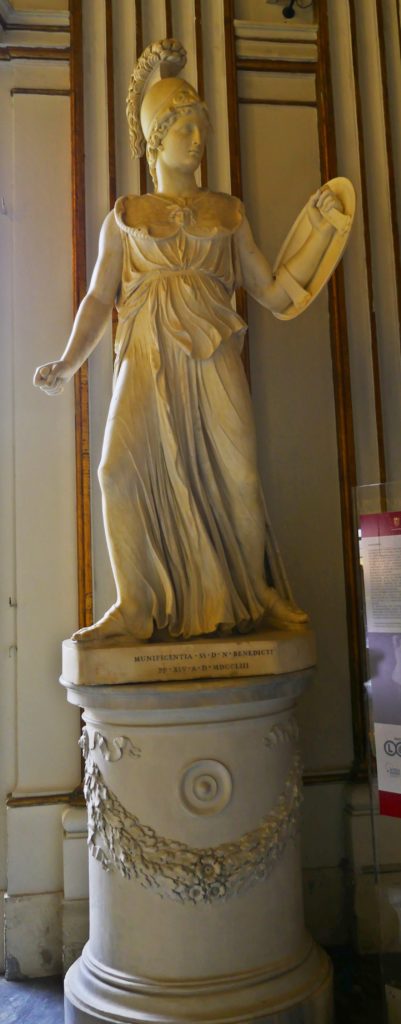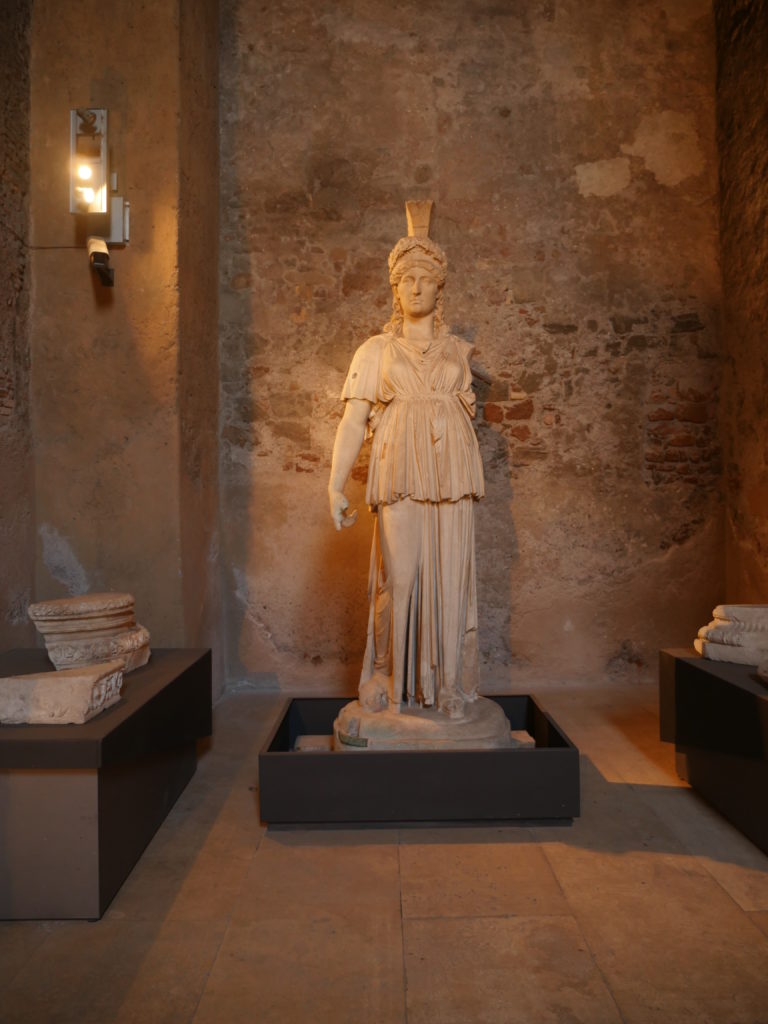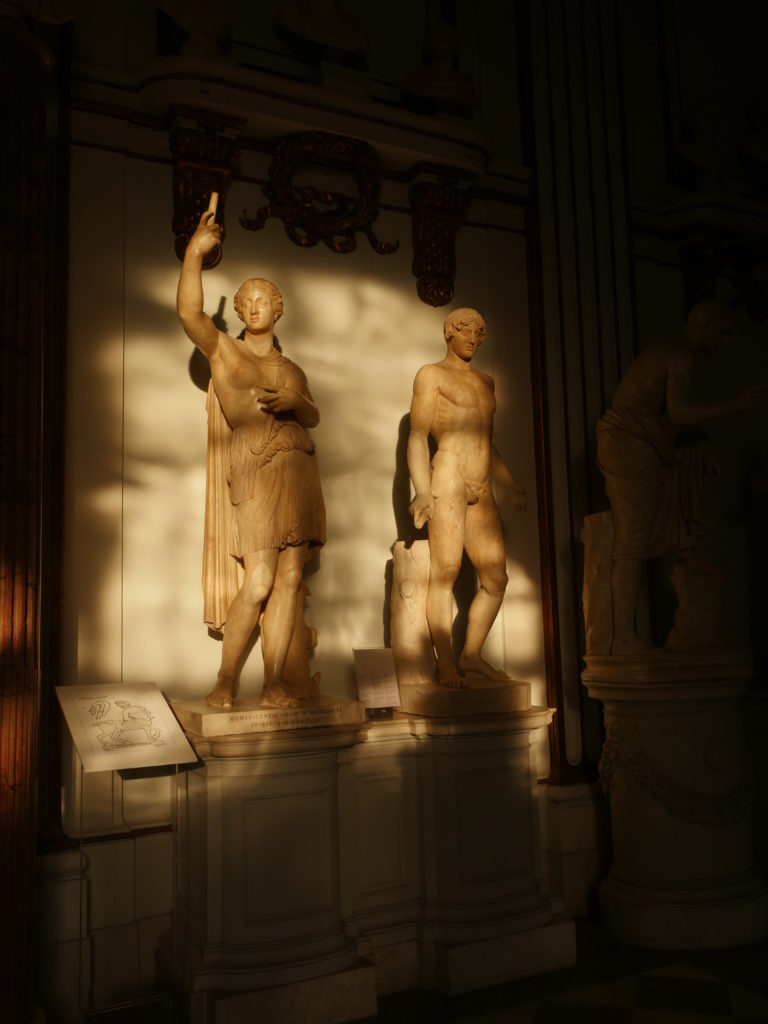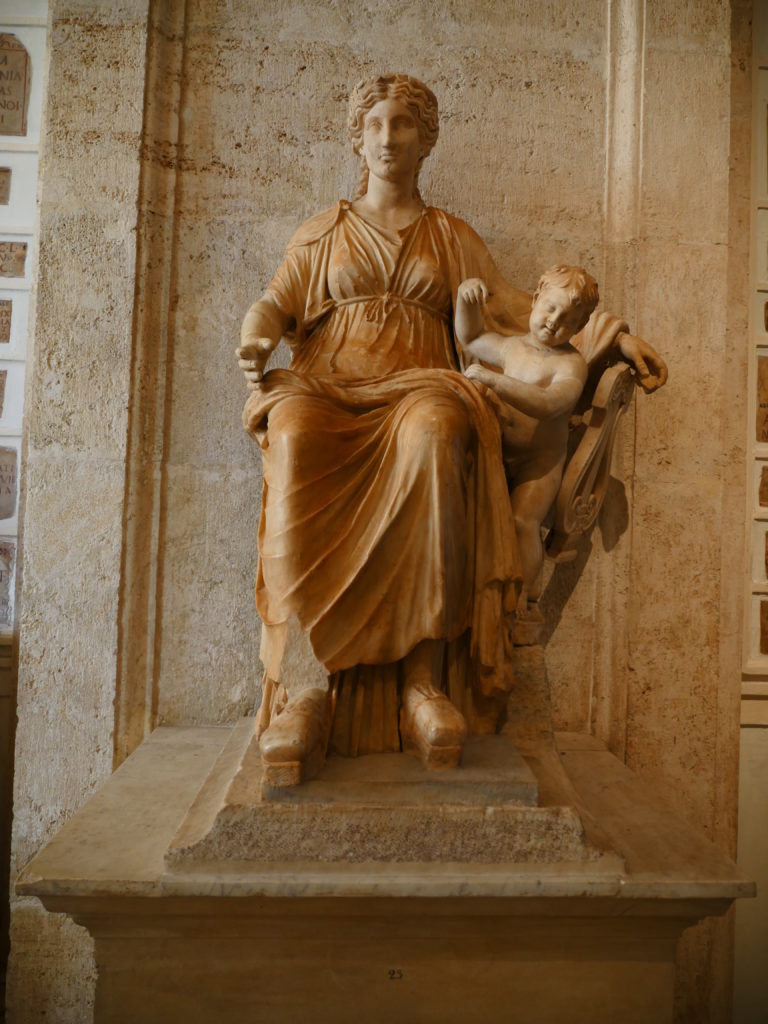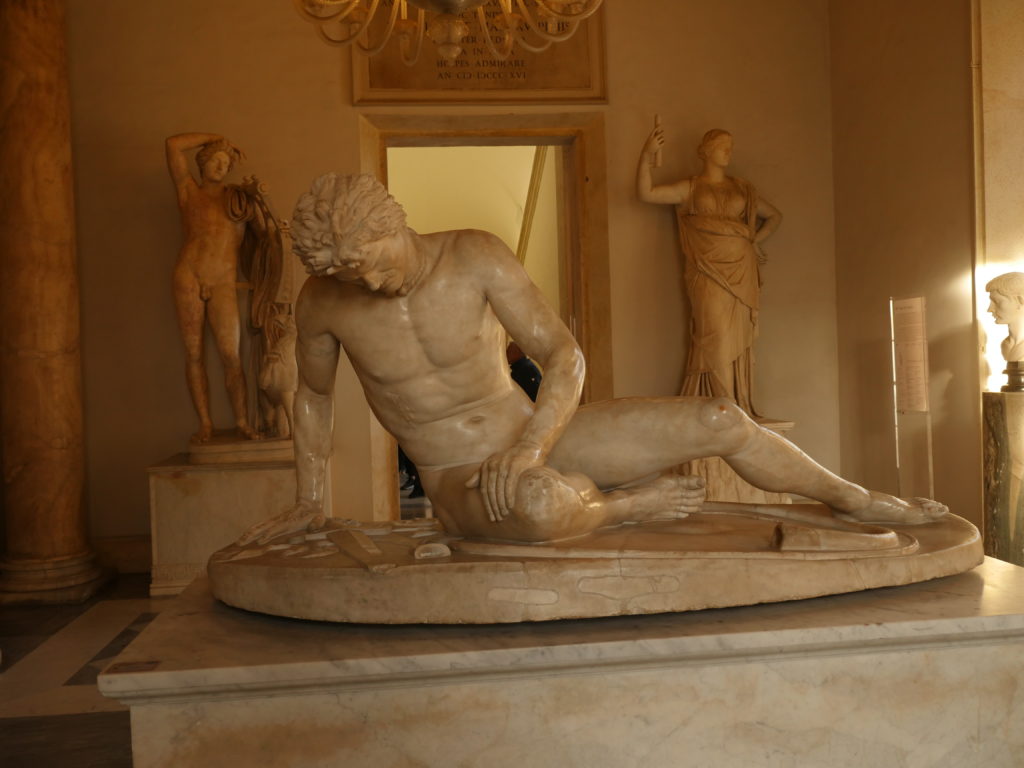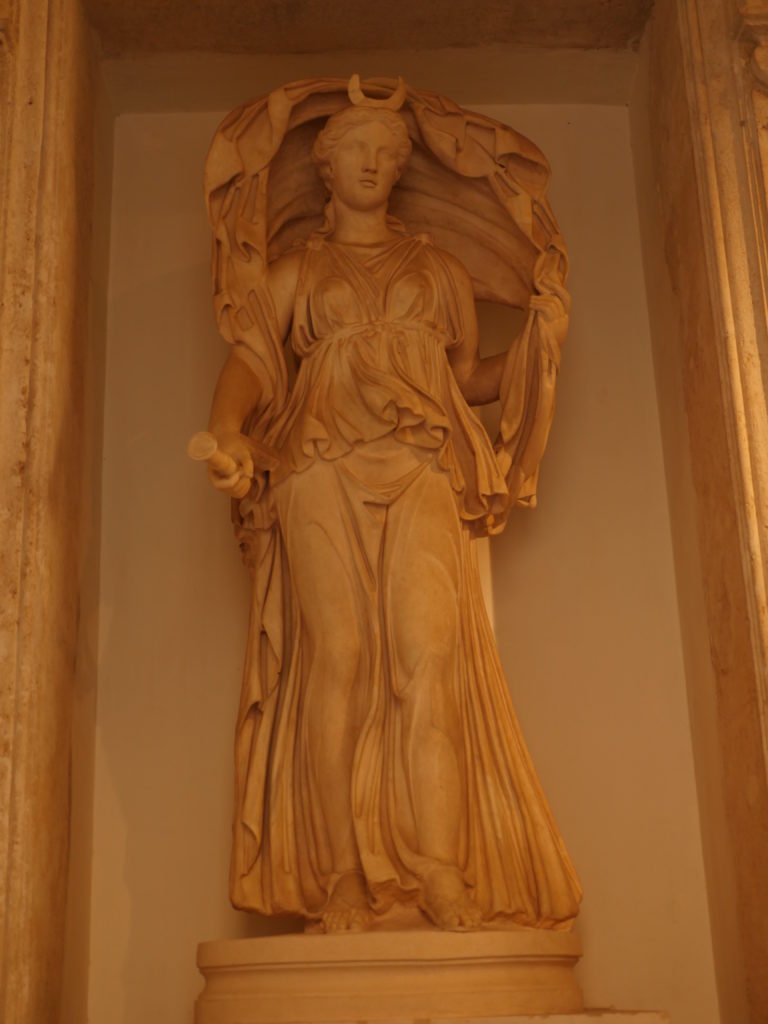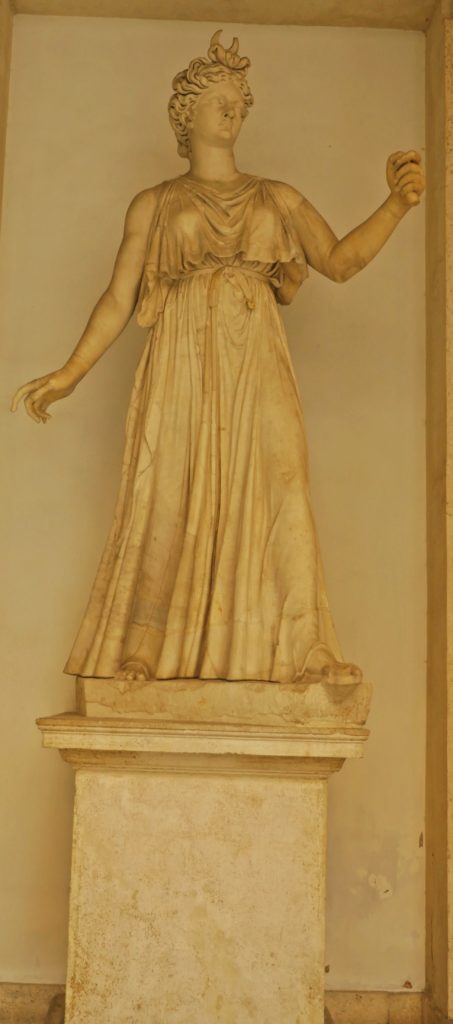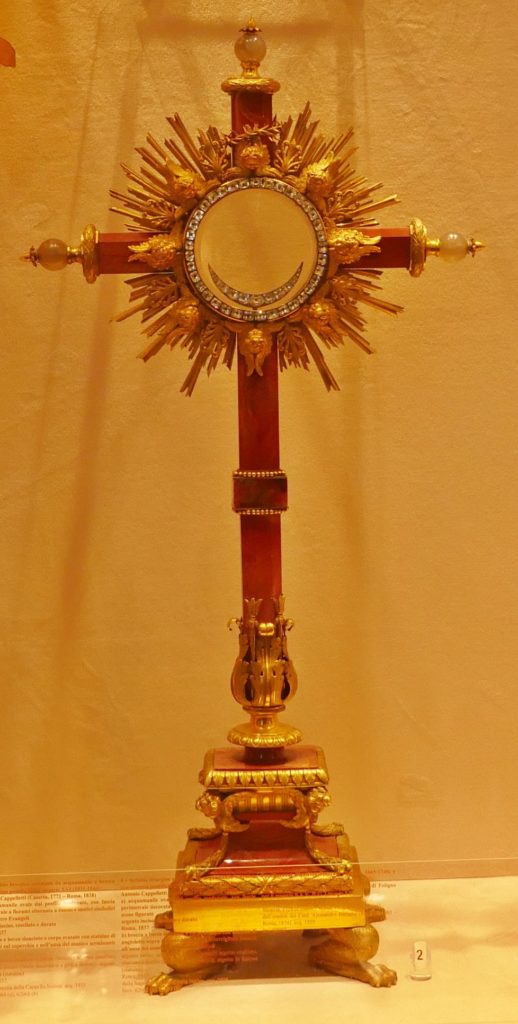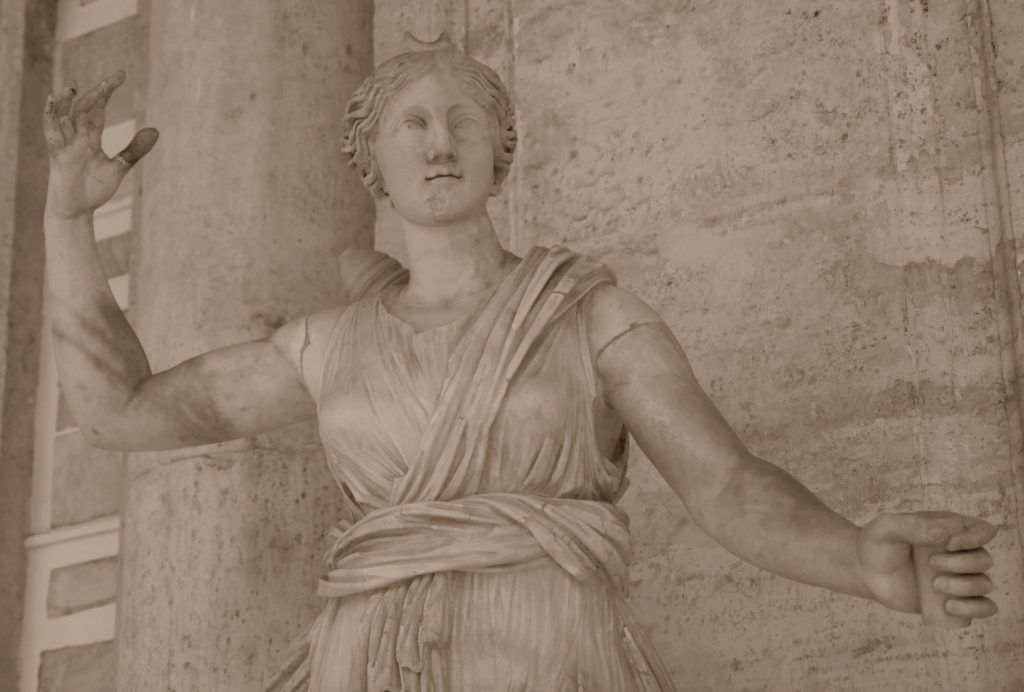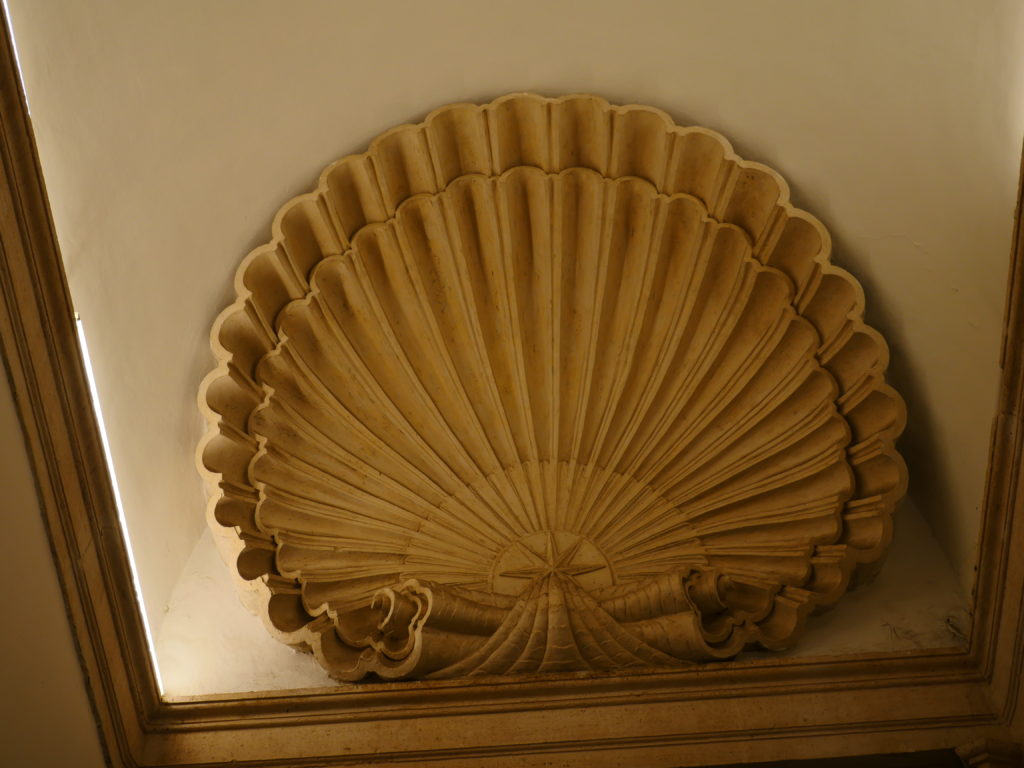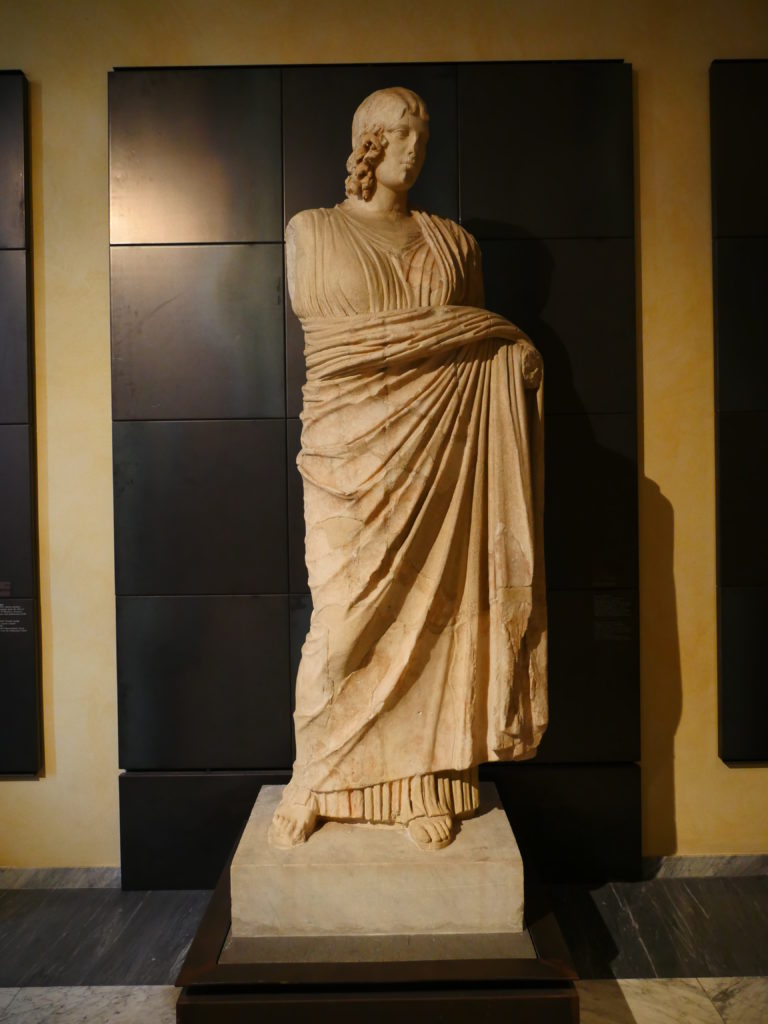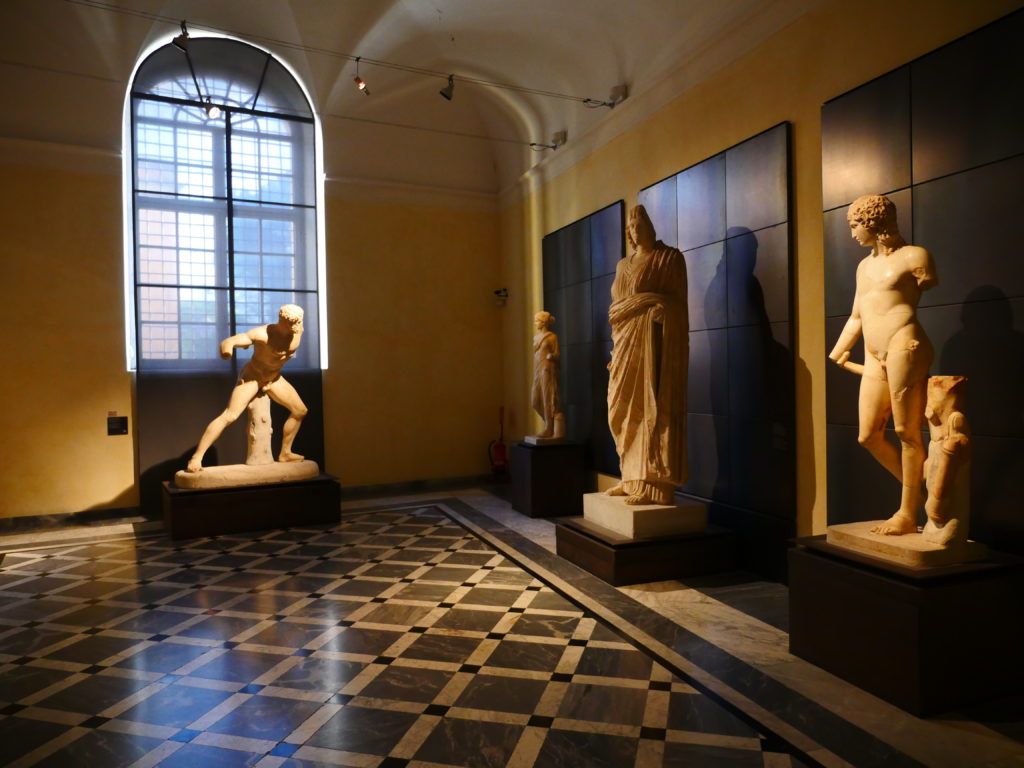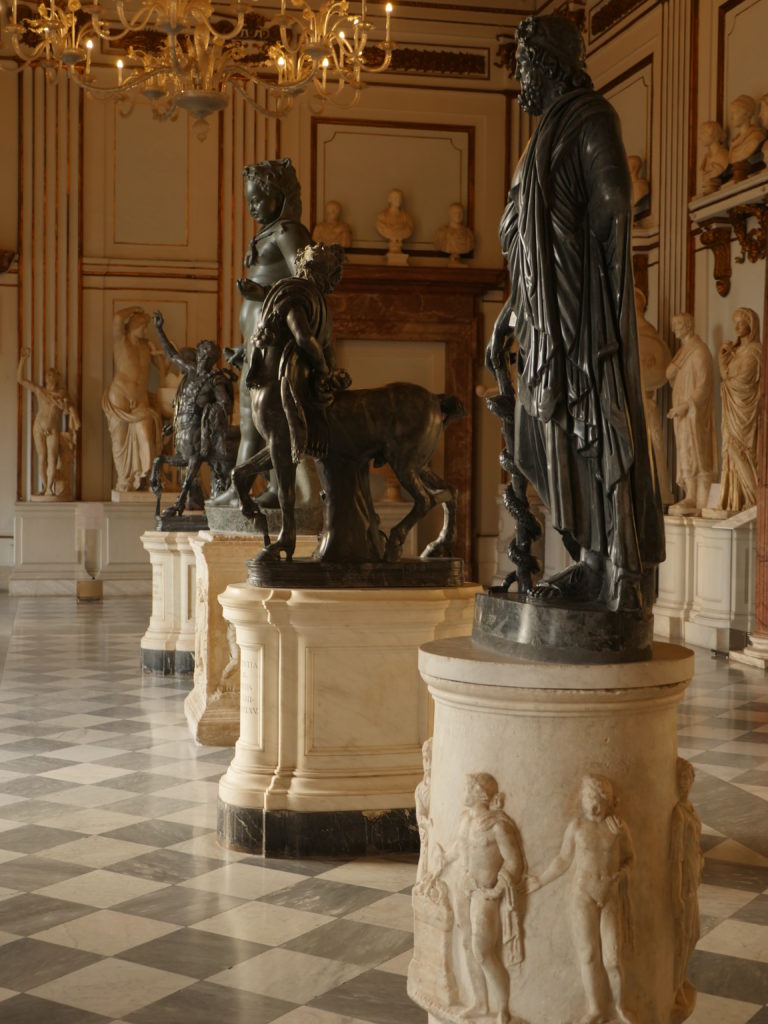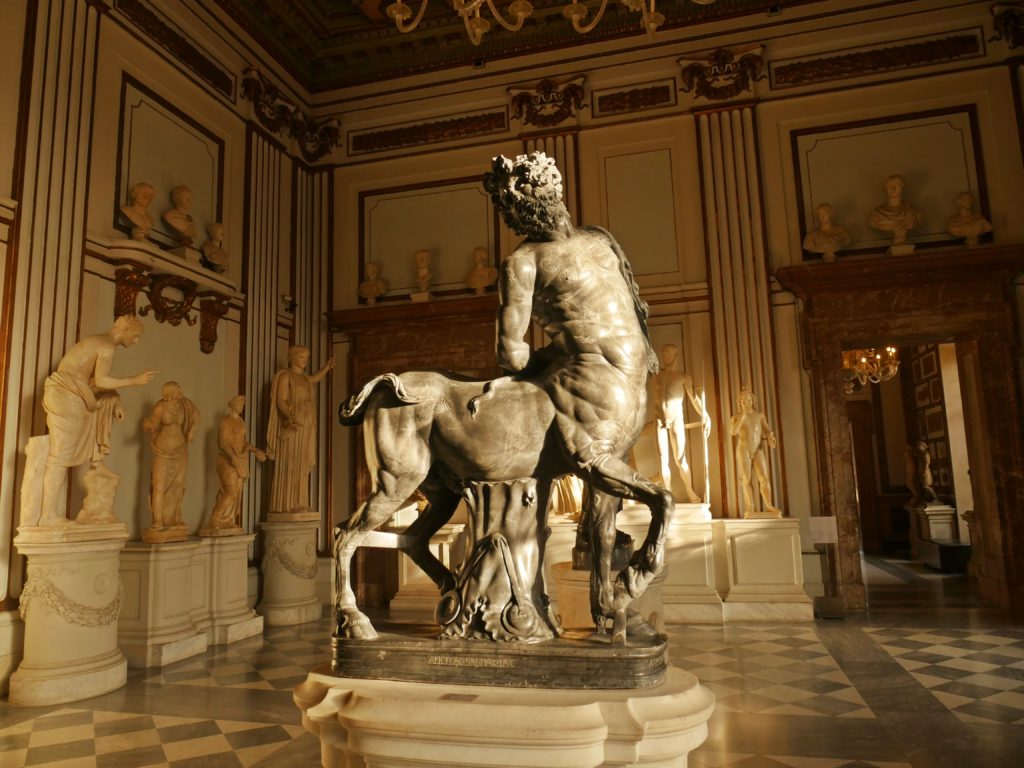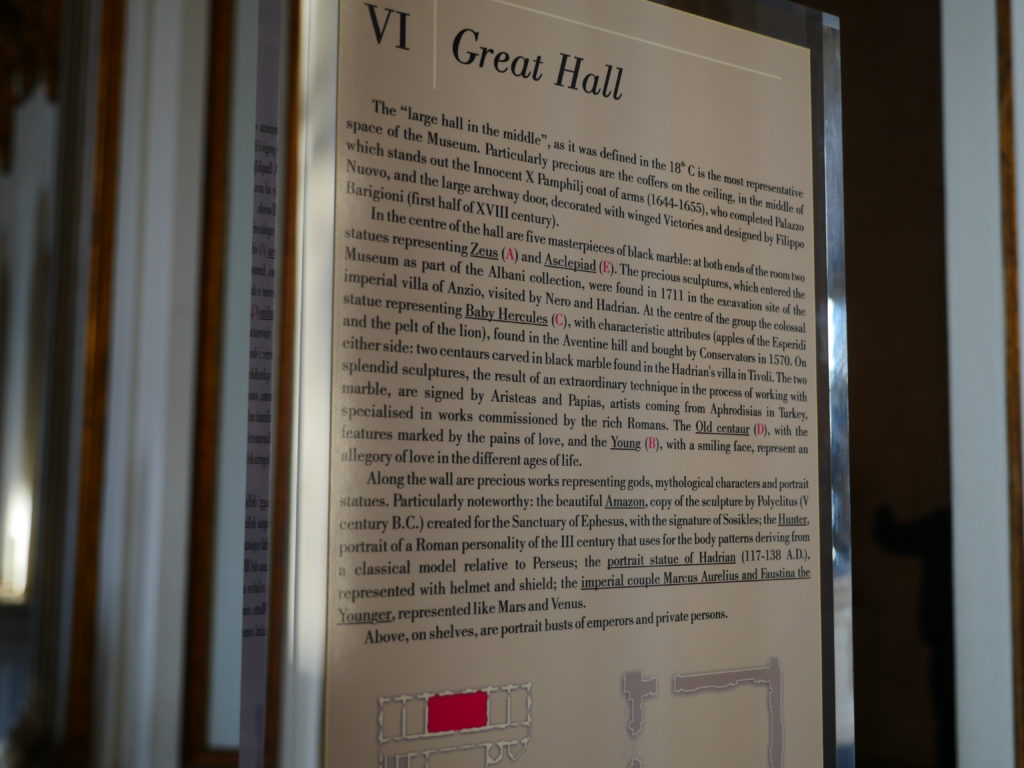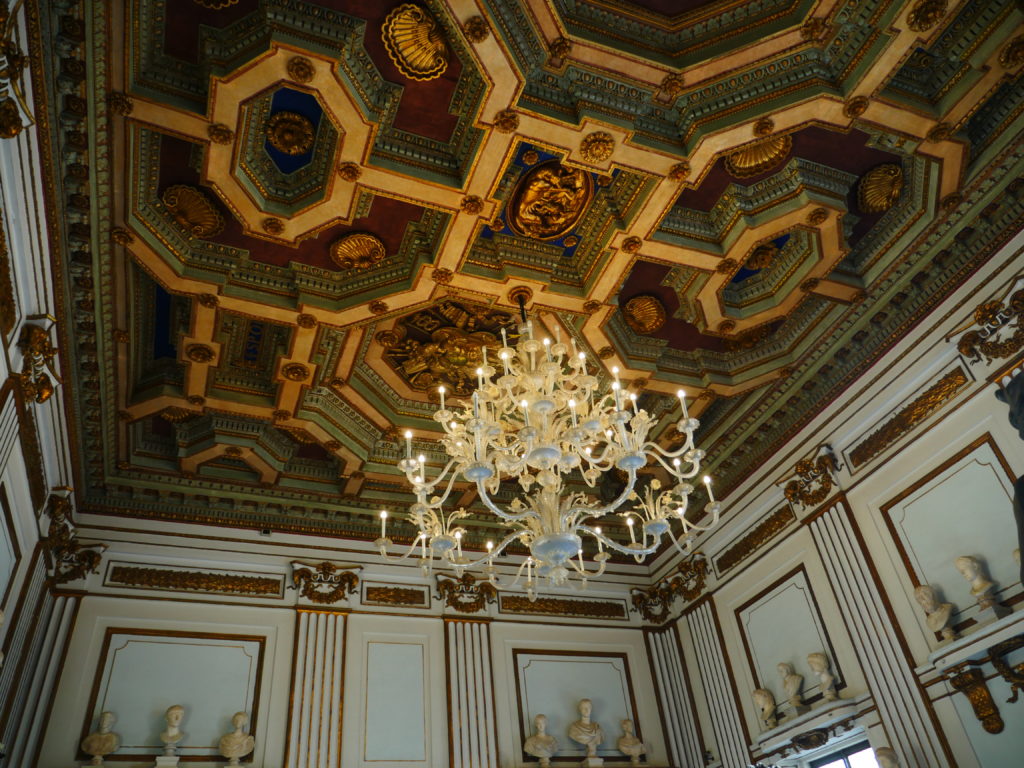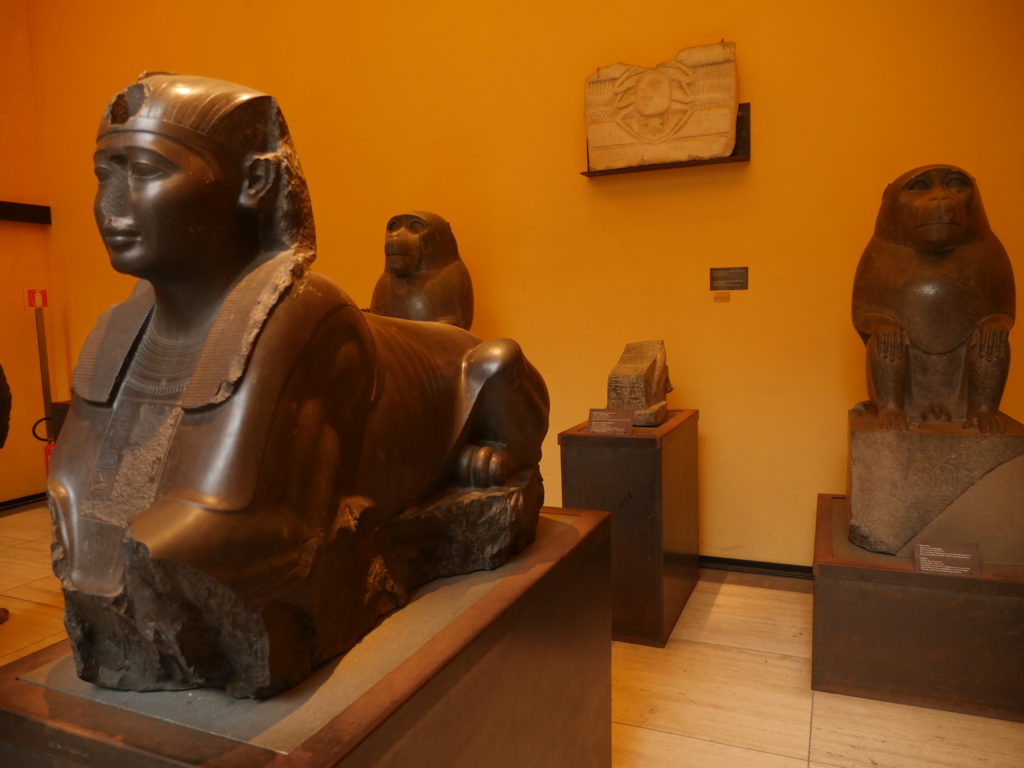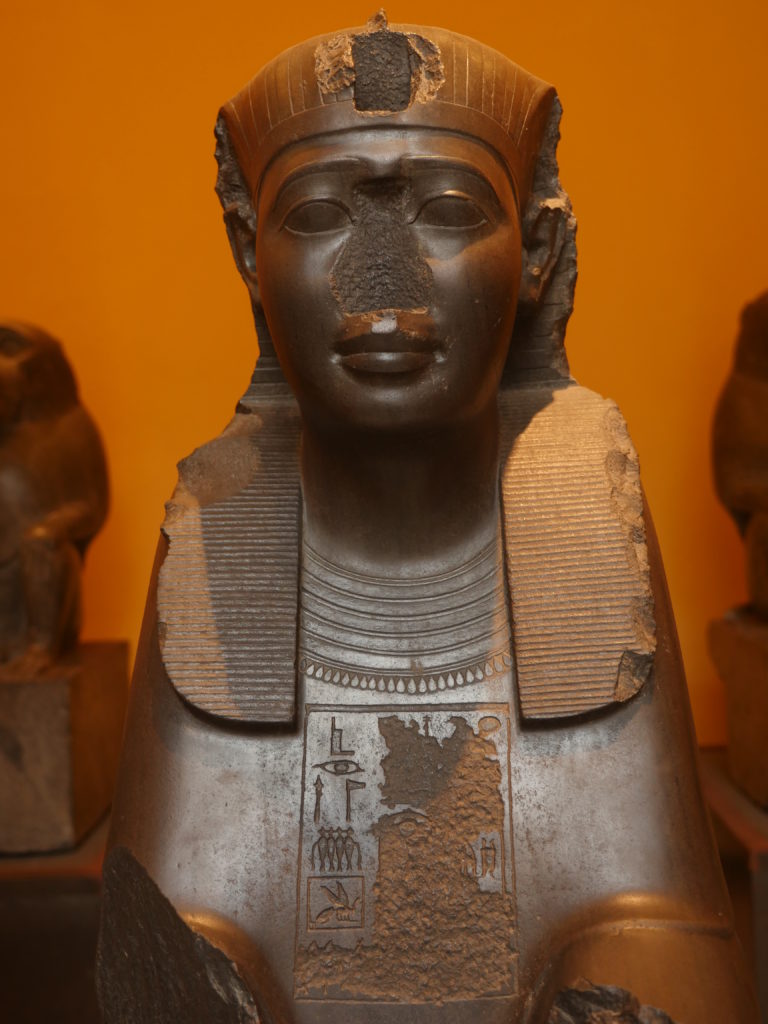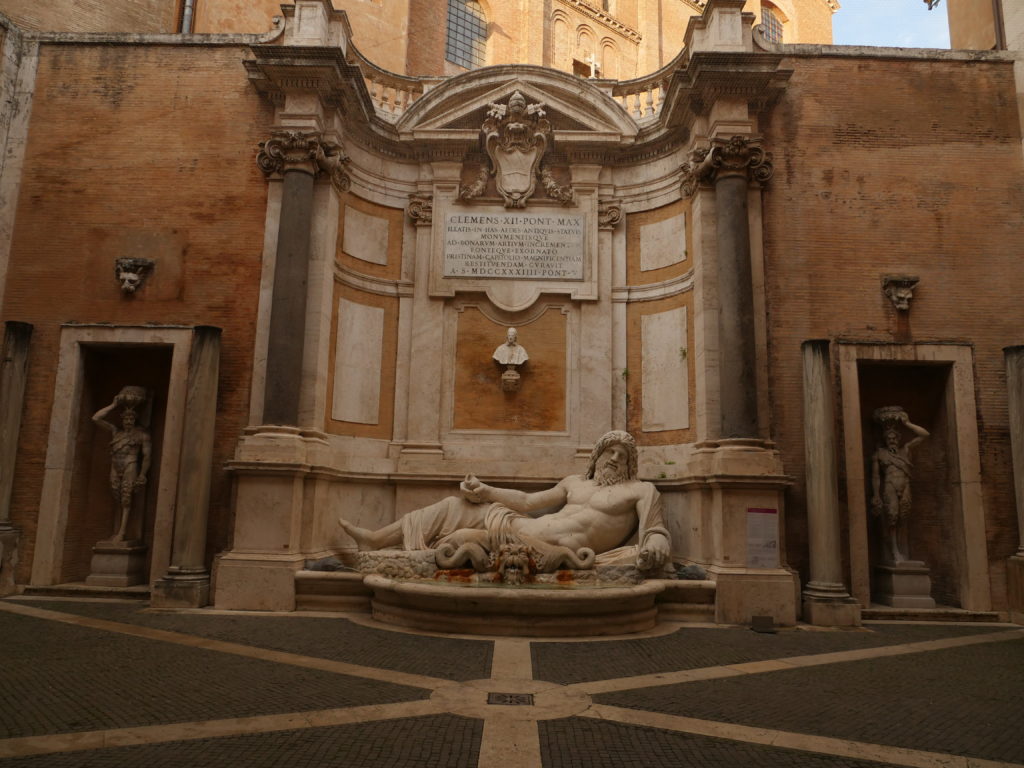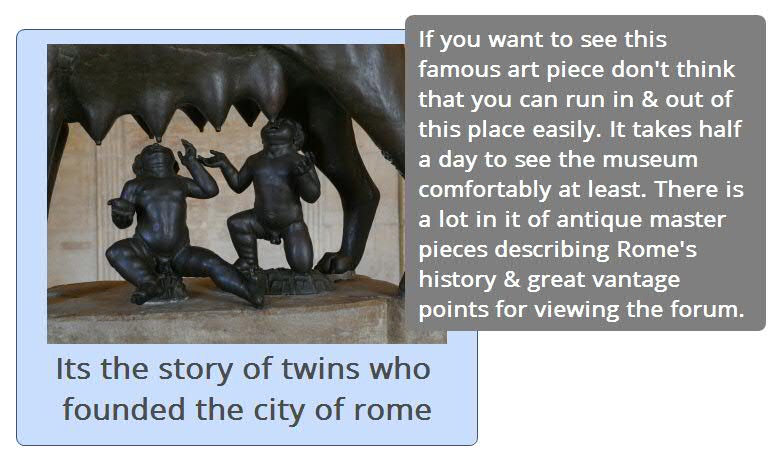 The Romans believe their city was divinely ordained and there is so much prophetic material that surrounds the city such a description is partially correct. Rome is described as a monster that would crush everything underneath its feet- that’s how it is conveyed to us in prophecy. ‘But woe to that city by whom the sons of man is betrayed! good were it for that man if he had never been born.’
The Romans believe their city was divinely ordained and there is so much prophetic material that surrounds the city such a description is partially correct. Rome is described as a monster that would crush everything underneath its feet- that’s how it is conveyed to us in prophecy. ‘But woe to that city by whom the sons of man is betrayed! good were it for that man if he had never been born.’
Romulus and Remus have an interesting story that matches in some degree the story of Cain and Able and represents the bloodthirsty nature from its start. Rome was said to be founded in 750 BC by the twin brothers Romulus and Remus. Abandoned as babies they were rescued by a she wolf who suckled them. They decided to found a city but soon fell out over where to build it. Romulus wanted to build it on the palatine hill and Remus on the neighbouring Aventine Hill. So they consulted the gods. Signs from heaven was sent to each brother in the form of vultures. Remus saw six bird over the Aventine while Remus saw twelve. Romulus started to build fortifications around his city and Remus mocked his brother by jumping over the half built walls. Romulus answers him by killing his brother. Romulus was said to be the first King of Rome.
Capitoline Hill is one of the seven hills of Rome. The hill dedicated to the god Saturn,was the most important temple in Ancient Rome and is therefore both the place of the museum and archaeological activity.
The city established on seven hills would become what he Bible describes as the abomination of desolation. Revelation 17:9 And here [is] the mind which hath wisdom. The seven heads are seven mountains, on which the woman sitteth. There are 80 high resolution images to load so please be patient. You can also click on the images->
Capitoline Museums & the Capitoline Hill
Upis, Great Goddess of Lydia, Hall of the she-wolf- Romulus & Remus
Hall of the great eagle one of the standards of the Roman Army
Constantine, the martyr
Greek empire was divided into 4 & not to his posterity (Alexander the great as prophesied)
& could become Rome/ the little horn
Ongoing archaeological excavation
View onto the forum from mesum on Capitoline Hill & to the other direction St Peter’s Basilica
Monstrance included to show symbolism
Scallop shell represents the universe as used in Papal crest
From legends, possibly from when Antediluvian experimented with amalgamation
1st century Roman marble sculpture of a reclining bearded river god or Oceanus,
which in the past has been variously identified as a depiction of Jupiter, Neptune, or the Tiber.
At one time in the Pope’s possession.
